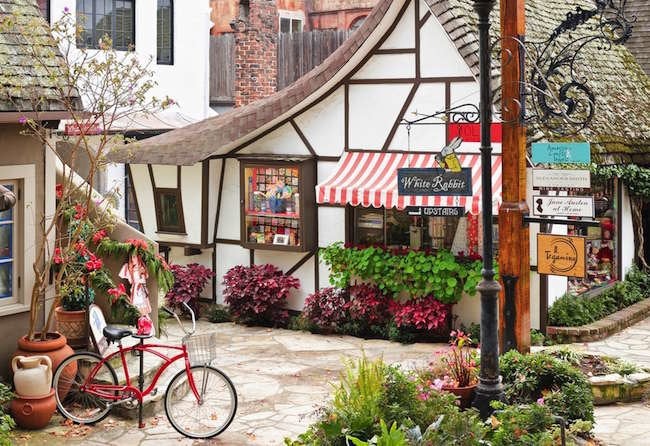We may earn revenue from the products available on this page and participate in affiliate programs. Learn More ›
Mooresville, Alabama | Population: 59
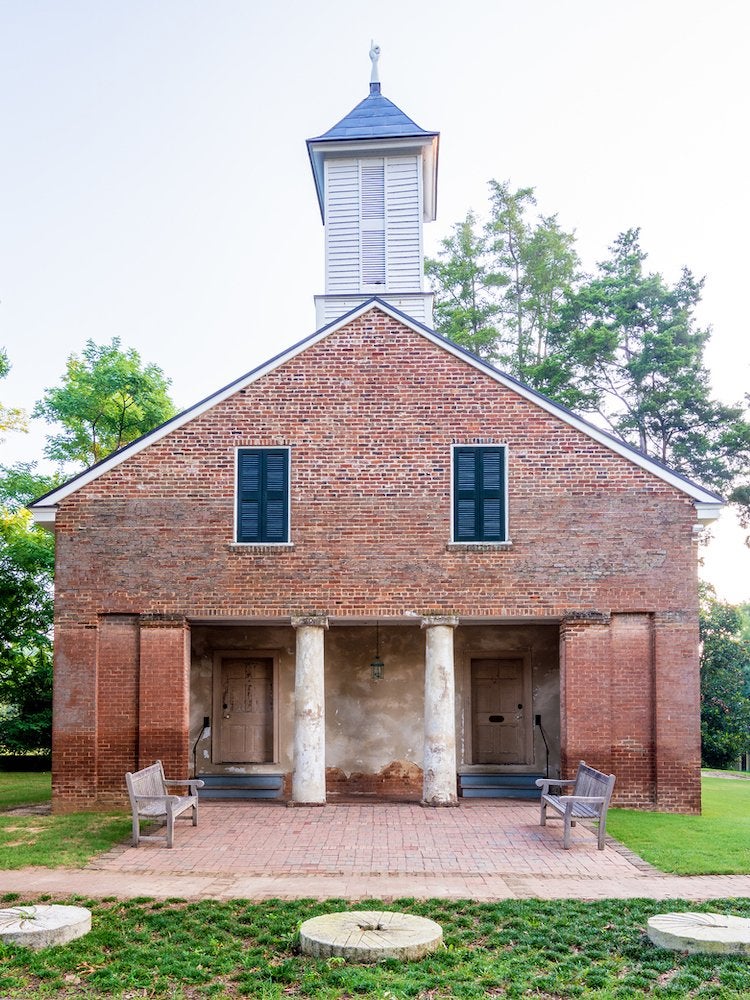
Mooresville is a tiny town packed with history—in fact the entire town is listed on the National Register of Historic Places. Visitors are transported to a 19th century village as they tour the historic landmarks, like the Brick Church, and Stagecoach Inn and Tavern, which all 59 of the residents work to preserve. Even the town’s post office is worth a look—it’s one of the oldest operating post offices in the United States and contains furnishings that date back
to before the Civil War.
Talkeetna, Alaska | Population: 876
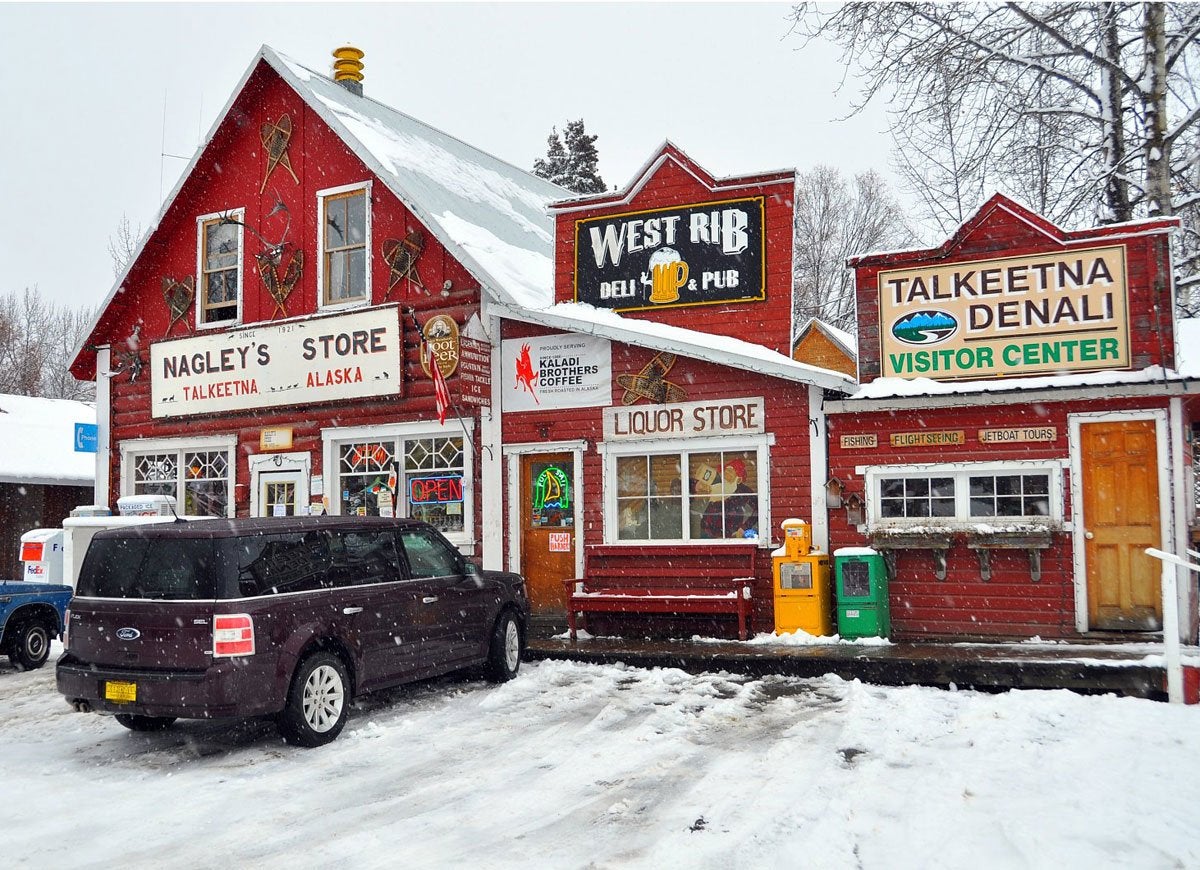
flickr.com via Tony Cyphert
Talkeetna, Alaska is a tiny town with exceptional views, thanks to its location at the base of Mt. McKinley (Denali), the tallest mountain on North America. Tourists visit the remote village to take advantage of its nature-centric outdoor activities, which include riverboat tours, fishing, camping, flightseeing, rafting, and ziplining. About 876 people reside in Talkeetna, and its central downtown area with quaint buildings is a National Historic Site. Located about 2.5 driving hours from Anchorage, Talkeetna is off the beaten path, but the wonderful natural sights are worth the trek.
Bisbee, Arizona | Population: 5,575
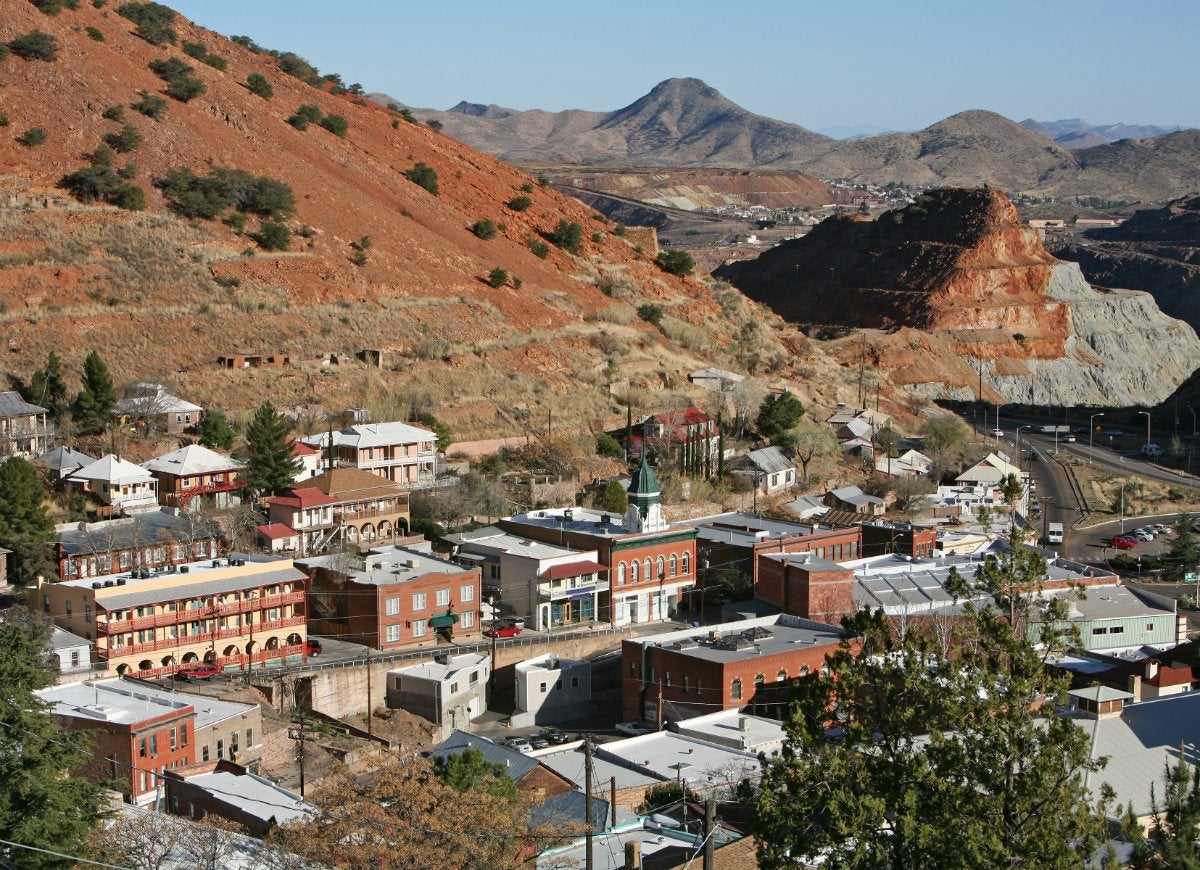
Located in the Mule Mountains of Arizona, Bisbee began in the late 1800s as a mining community whose members’ livelihoods centered around the area’s copper and precious metals. Visitors today can relive the town’s rich history through its world-famous Queen Mine Tour which takes participants underground in hard hats, headlamps, yellow slickers. Sights above ground in the “Sky Islands” region of southeastern Arizona offer plenty nature and culture to explore. For example, this small town (population 5,575) draws visitors from around the world for yearly events like Bisbee 1000 The Great Stair Climb which scales nine flights of staircases—more than 1,000 steps—overlooking scenic Old Bisbee.
Eureka Springs, Arkansas | Population: 2,083
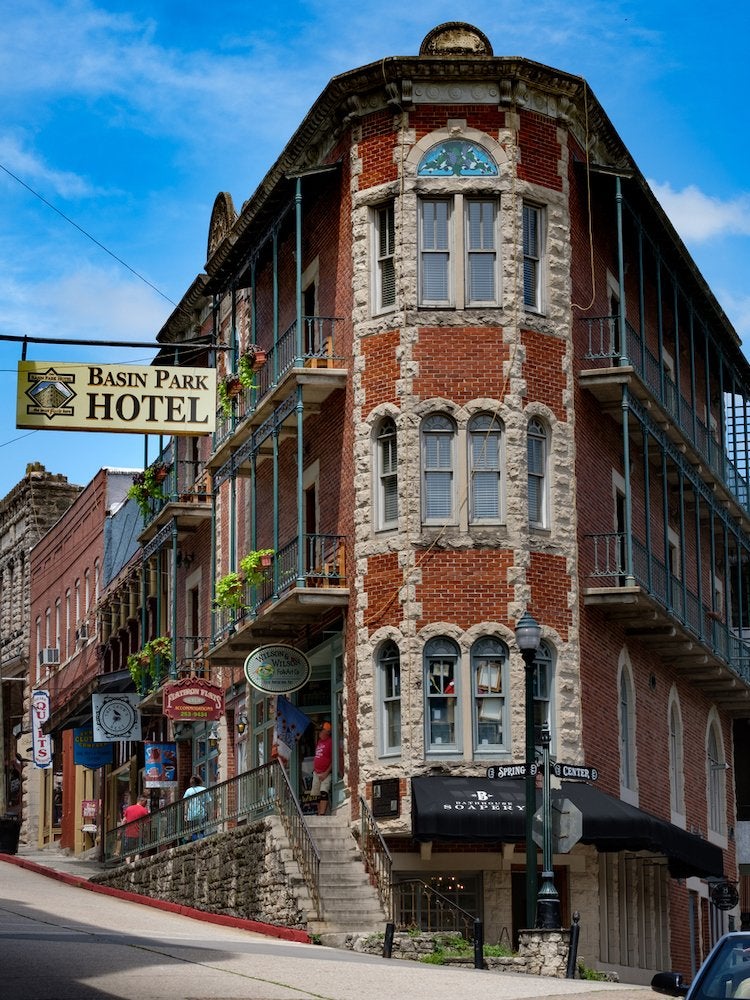
Whether you’re biking across the country or eager to escape in mountainous terrain, Eureka Springs is a small-town destination deserving of your attention. Settled between lush forests in the Ozark mountains, this town—once the fourth largest in Arkansas and now recognized on the National Register of Historic Places—combines natural beauty with awe-inspiring Victorian architecture and the creative works of more than 400 neighborhood artists. As you take in the sights, be sure to dedicate an afternoon to the legendary springs below the Historic District, which have been revered as rejuvenating, even miraculous.
Related: 18 Victorian Homes We Love
Carmel-by-the-Sea, California | Population: 3,876
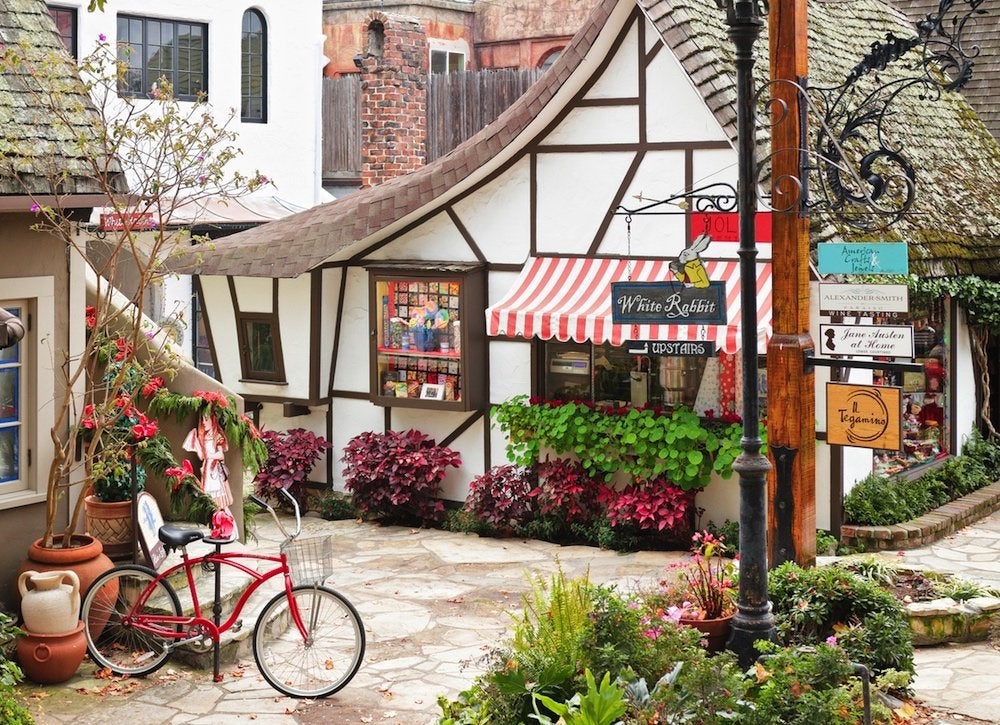
Perched on a bluff overlooking white-sand beaches, Carmel-by-the-Sea stands out not only for its stunning coastal beauty, but also for its laid-back, luxurious downtown, distinguished by old-fashioned alleyways and architectural flourishes straight out of a children’s fairytale. Given that we’re talking about California, it’s perhaps no surprise that several notable celebrities rank among the town’s residents. In fact, Carmel has been luring actors, painters, and artists of all kinds since the 1906 earthquake first compelled San Francisco city-dwellers down the rugged California coastline in search of new possibilities.
Silverton, Colorado | Population: 630

Out in the San Juan Mountains stands Silverton, the last mining camp in the country. Established in 1874 on land once populated by the Southern Ute tribe, this small town was settled after the Civil War by numerous miners digging up deposits of gold and silver from along the Animas river as well as workers of the steam railroads. By the time wives and families moved out here, town life was divided into two sections: one of saloons, dance halls, gambling, and prostitution, and another more “family-friendly” neighborhood plotted with churches. Low demand for mining caused operations to close in the early 1990s and the town to shrink from more than 2,000 people in its hey day to merely 630, but visitors can still come tour this history-rich stop by car or railway.
Mystic, Connecticut | Population: 4,205
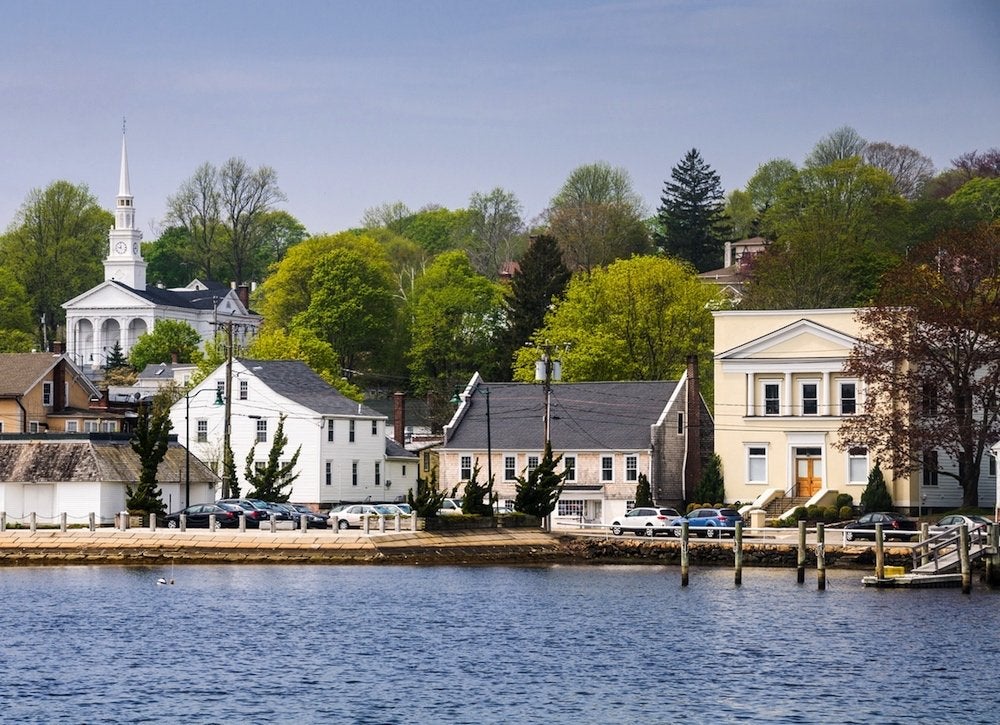
Plenty of places in Connecticut offer glimpses of early America. But Mystic stands out as the only town in the state where, against a background of small-town New England charm, you can exhaust yourself exploring the rich maritime history of the Long Island Sound. Don’t miss the historic vessels and living-history village at Mystic Seaport, the beluga whales at Mystic Aquarium, or the family-owned restaurant Mystic Pizza, made famous by a 1980s Hollywood film starring Julia Roberts.
Related: The Best Tiny Town in Every State
Lewes, Delaware | Population: 2,940
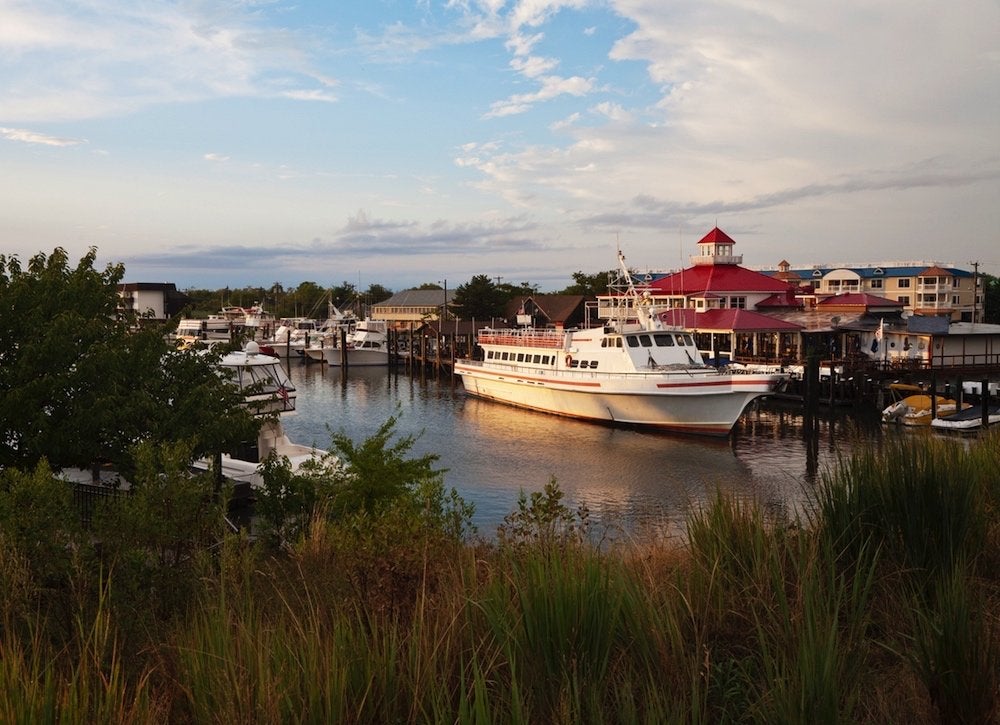
For as long as America has been a country, Lewes has been sitting beside the Delaware Bay, right at the point where the bay joins the Atlantic. That means “The First Town in The First State” appeals as much to beachgoers as it does to history buffs. Yes, there are white-sand beaches with calm, kid-friendly waters, not to mention fine seafood restaurants and classic shore attractions like pier fishing. But for many, the real fun comes in exploring the redbrick shop buildings in the town center and the charming old cedar-shingled homes that hug the walkable side streets.
Apalachicola, Florida | Population: 2,328
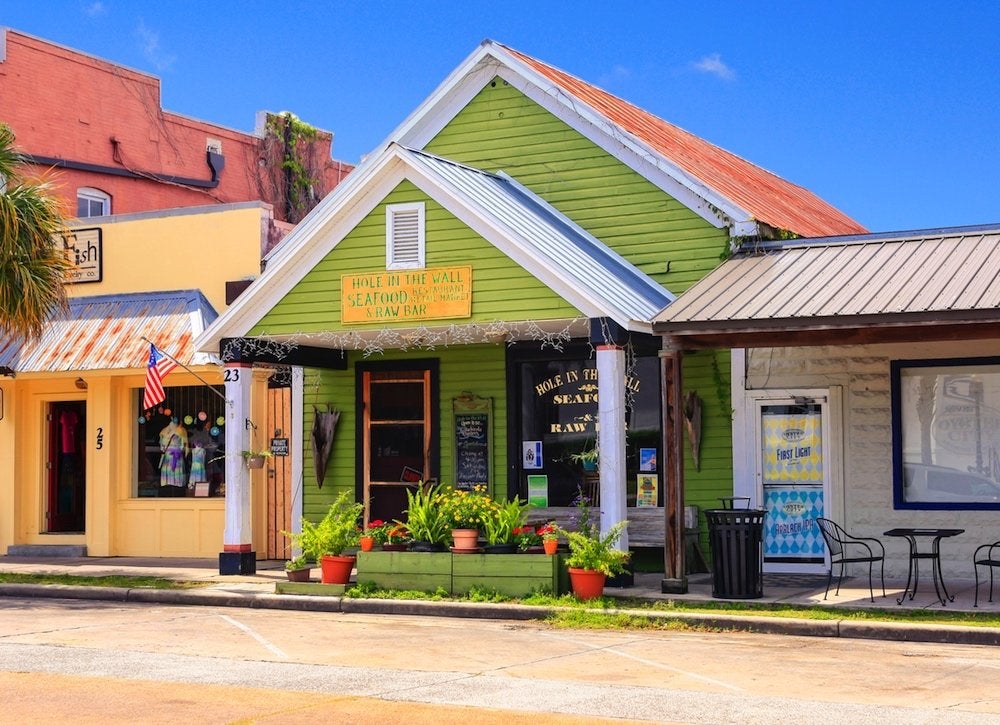
Before the highways and high-rise beach hotels, countless small coastal communities dotted the coast of The Panhandle. However, today, Apalachicola endures as one the precious few places where you can still get a taste of Old Florida—“taste” being the operative word. Fishermen still pull delicious oysters and shrimp from Apalachicola Bay, and each November, the town hosts the Florida Seafood Festival, by far the most exciting local event in this deliciously sleepy, one-stoplight town.
Helen, Georgia | Population: 540
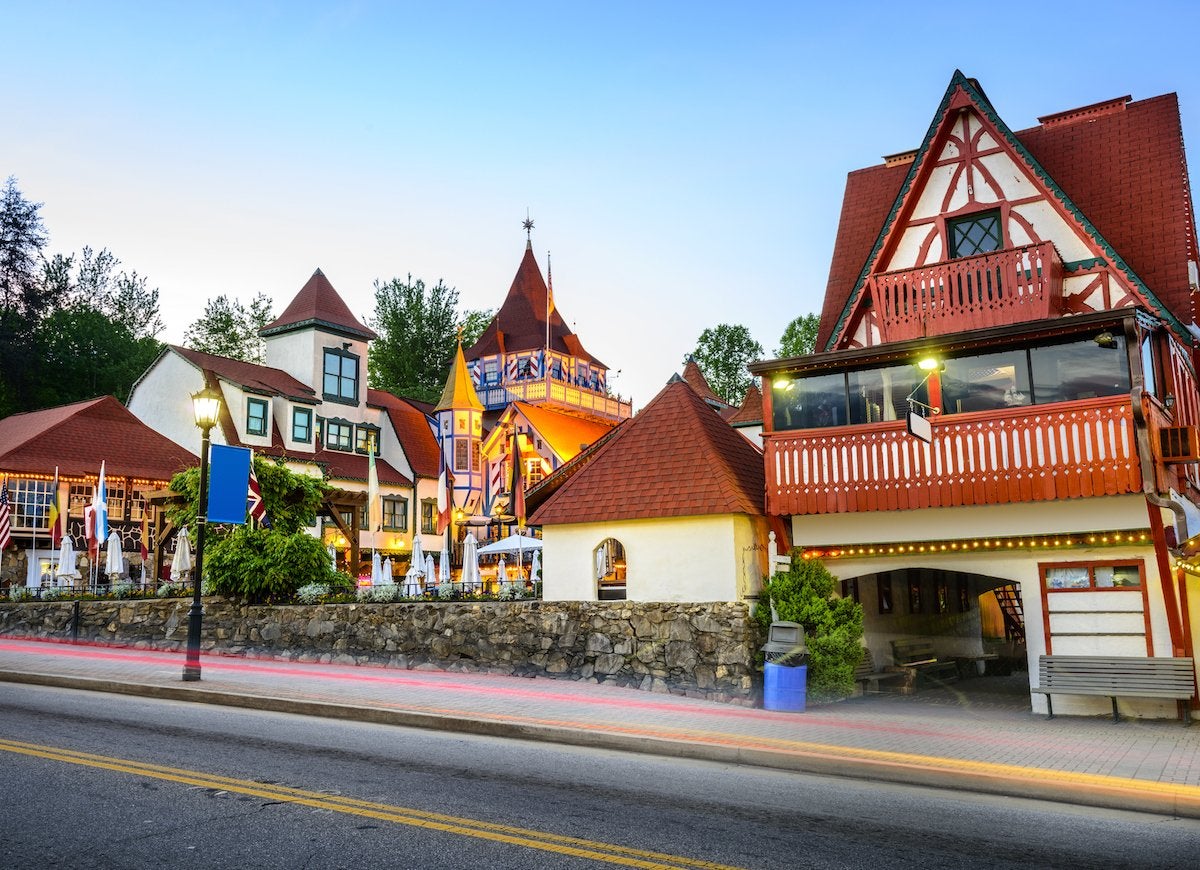
The year was 1969, and Helen, Georgia, once a thriving lumber town, had fallen into decline. Jobs were scarce and the desolated main street did little to attract the attention of new investors and residents. Just when things were at their bleakest, three local businessmen hatched a scheme to renovate the business district to inject new energy into the town. They called on a local artist who recast the town in a new alpine light and within months many of the old buildings had new German-inspired facades that began to inspire the imagination of tourists. Almost 50 years later, Helen is the third most visited town in the state of Georgia, and yet this little piece of Bavaria in Appalachia is home to little more than 500 residents.
Haleiwa, Oahu, Hawaii | Population: 3,970
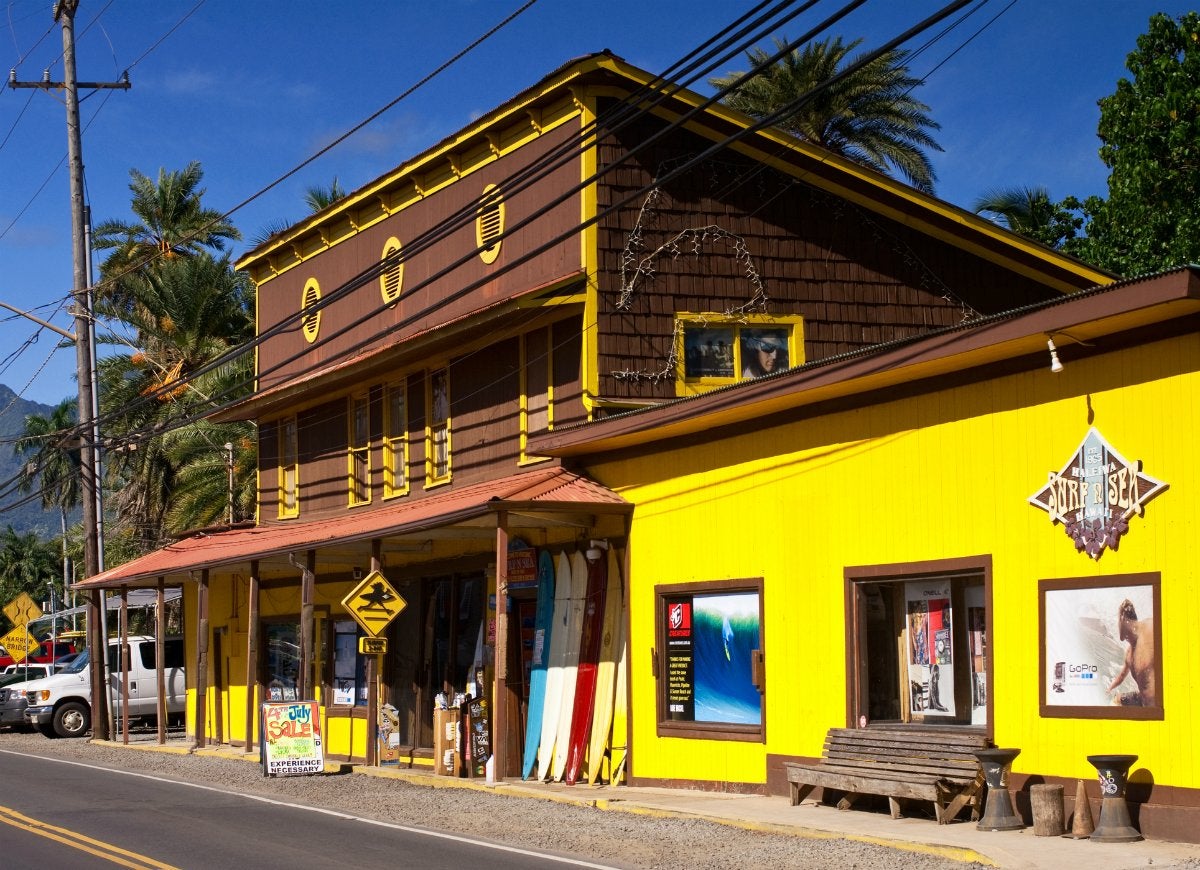
Out on the third largest island in Hawaii, Oahu, the small town of Haleiwa welcomes visitors and locals alike to find respite in its sandy pristine beaches and its laid-back vibes. The North Shore’s wide range of waves—from small and gentle in the summer to big and glassy in the winter—makes it an especially attractive spot to surf year-round. Once you’ve reached your fill of surfing, snorkeling, kayaking, and camping, you’re only a short drive from a 20-minute tour of the Dole Plantation, the Kahuku Motocross Track, and the 1,800-acre Waimea Valley Park.
Ketchum, Idaho | Population: 2,728
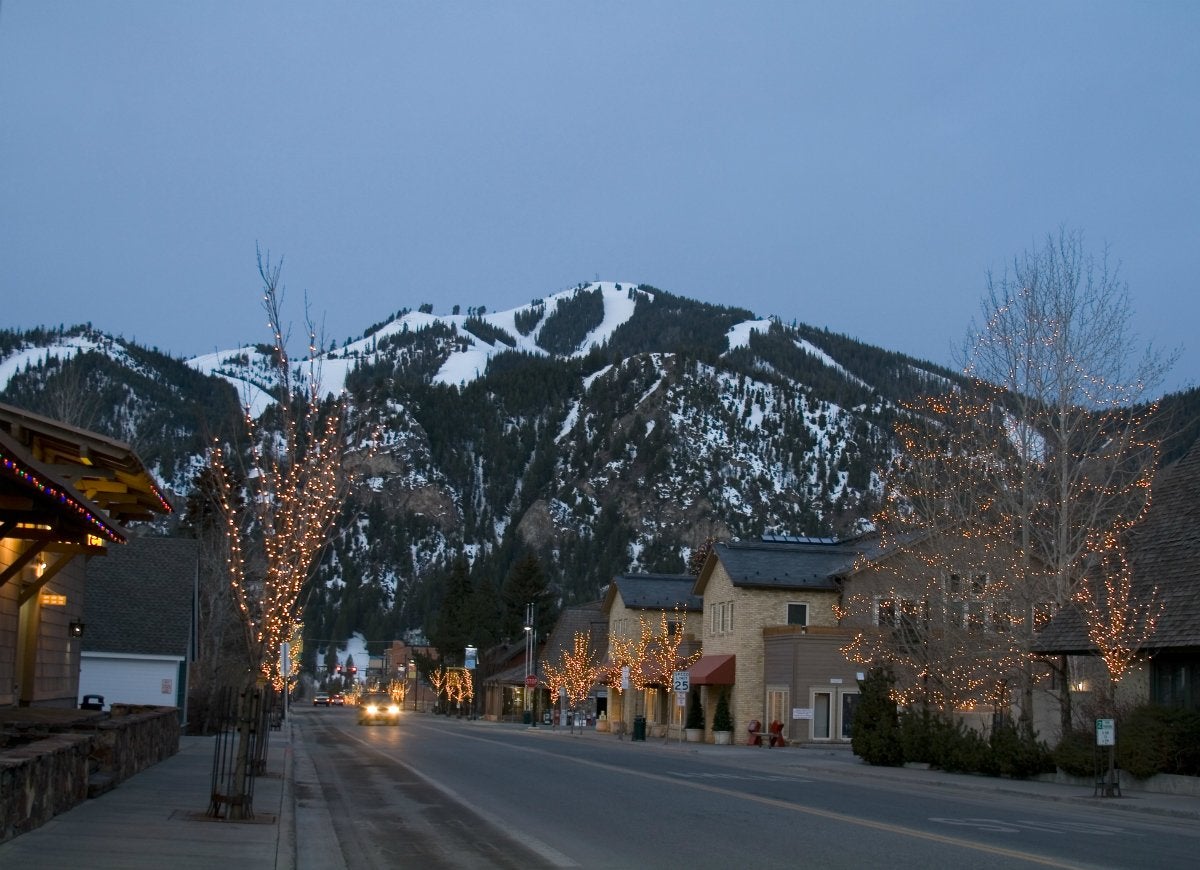
As happens with many small towns, Ketchum’s population has ebbed and flowed with its changing identity. Though first established within a booming mining district in 1880, the mountain town’s inhabitants switched from miners to shepherds—and it became the largest sheep shipping station in the country—some 30 years after the price of silver declined. Its current claim to fame, though, connects to the opening of a world-class ski resort. When the Sun Valley (“America’s First Destination Ski Resort”) opened its doors, Ketchum gained in popularity once more as a resort town where everyone including big names like Ernest Hemingway came for escape. It also serves as the entryway to any number of outdoor recreational activities, including camping, hiking, mountain biking, snowshoeing, and ice skating on the 756,000 acres of Sawtooth National Recreation Area.
Makanda, Illinois | Population: 547
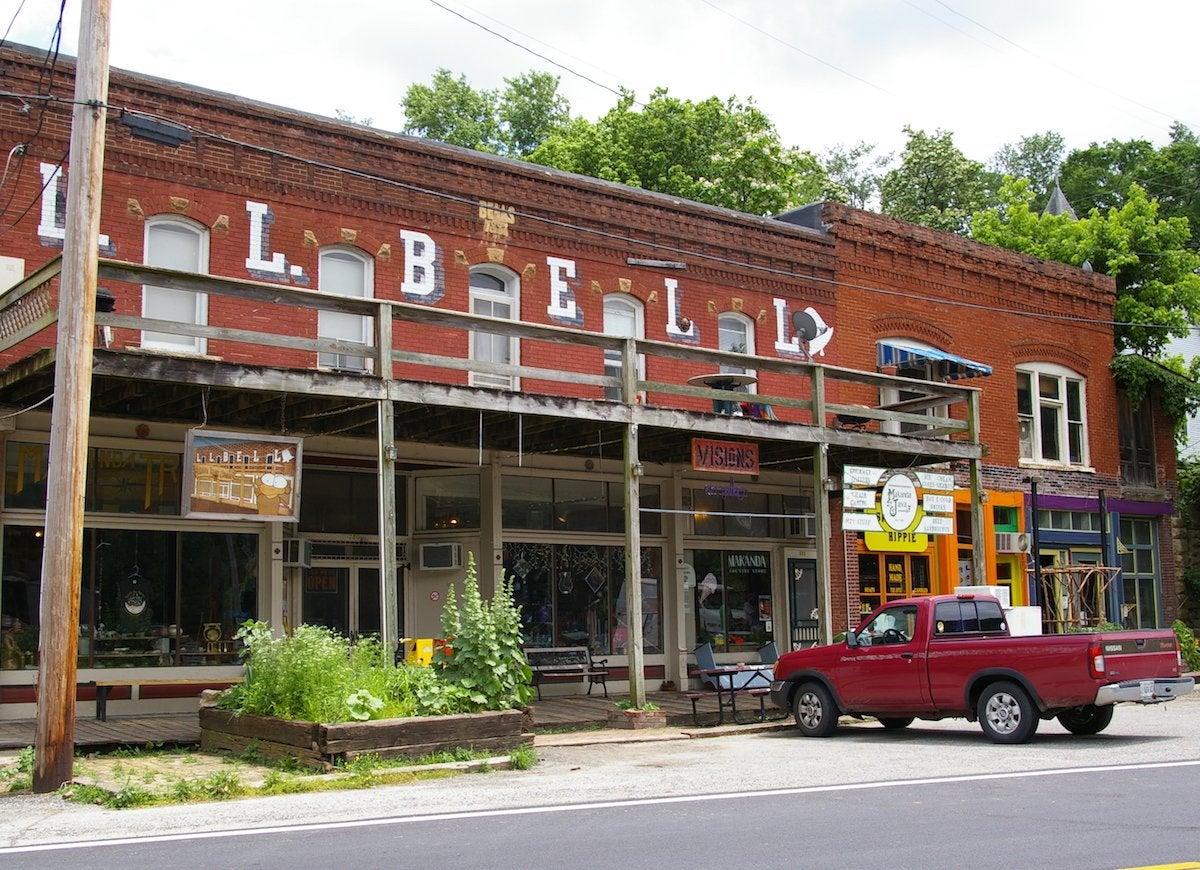
flickr.com via Roland Klose
Sitting at the foot of Giant City State Park and surrounded by the Shawnee Hills in Southern Illinois, scenic Makanda is a popular destination for artists and nature lovers. The old railroad town was originally a hub for shipping produce to Chicago, but many citizens moved away when advancements in transportation limited job prospects. The town experienced a resurgence in the 1970s and 80s when student artists from Southern Illinois University were drawn to the town for its affordability. Today, Makanda is known for its art scene and continues to attract outsiders thanks to its eco-friendly resort, the Makanda Inn.
New Harmony, Indiana | Population: 763
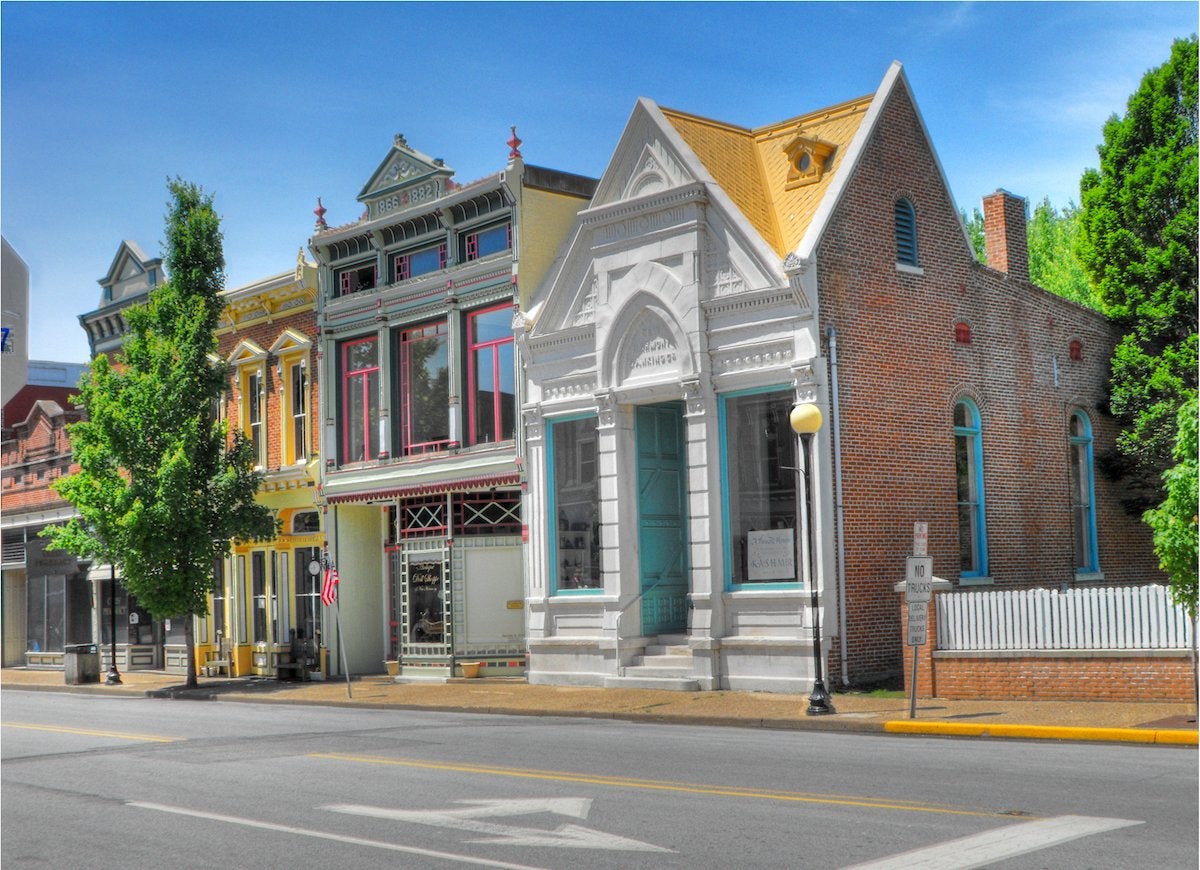
wikimedia.org via Timothy K Hamilton Creativity+ Photography
New Harmony is the result of not just one, but two attempts at creating a utopian society. Established by Johann Georg Rapp, the leader of separatists from the German Lutheran Church called the Harmonie Society, the town was originally called Harmony. The religious group achieved economic success, but after ten years they wanted to relocate and sold it to Robert Owen, who had his own plan for a utopian community. He renamed it New Harmony and focused on education and personal wealth. While neither achieved utopian success, the town today appeals to residents and tourists for its unique atmosphere that blends the past with the future.
Fairfield, Iowa | Population: 9,892
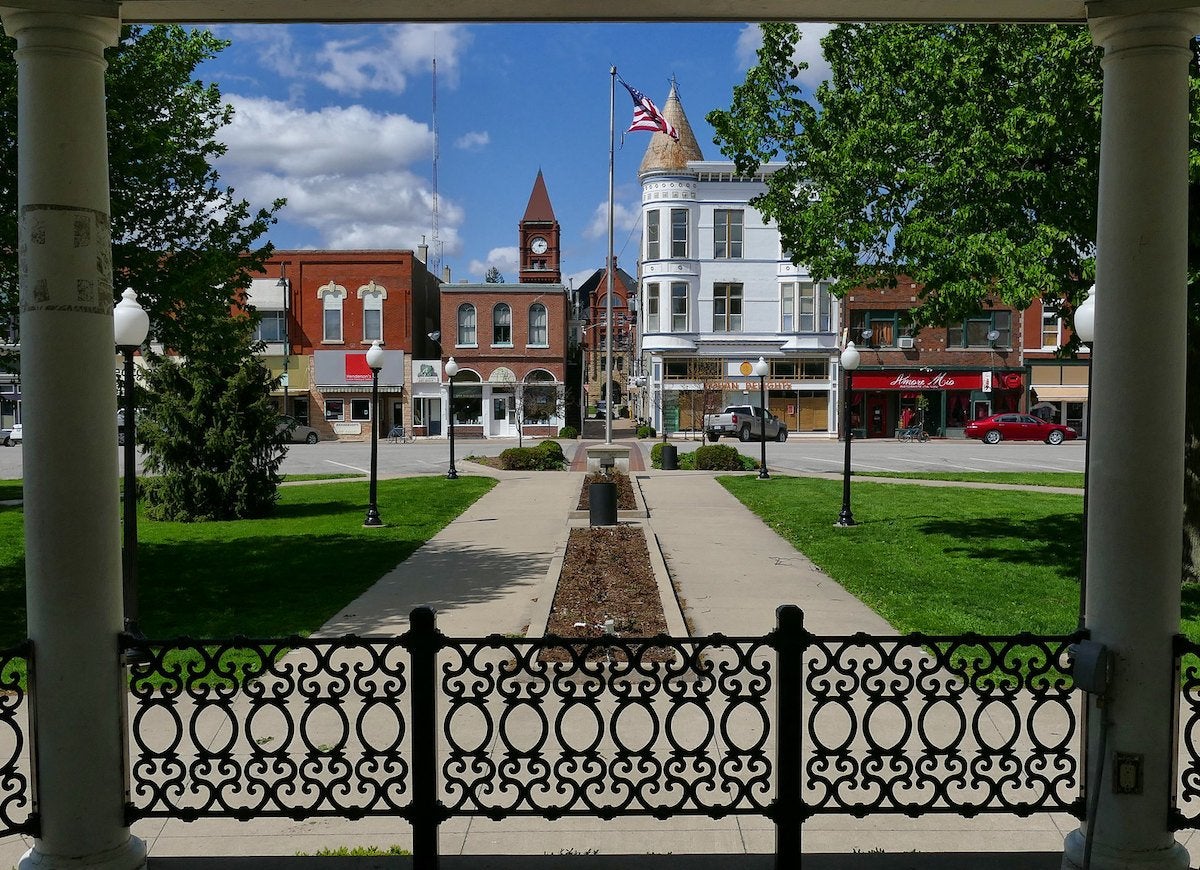
flickr.com via Barry Dale Gilfry
In southeastern Iowa, a little city called Fairfield is growing in size and stature. The town of less than 10,000 has long been perhaps the largest hub for transcendental meditation practitioners and many of the local buildings are constructed in accordance with the principles of Maharishi Vedic architecture. Today Fairfield continues to be a small center of innovation with 150 nonprofits, 400 start-up companies backed by $200 million in venture capital, and an aggressive plan to make the city a model of sustainability by 2020.
Lindsborg, Kansas | Population: 3,383
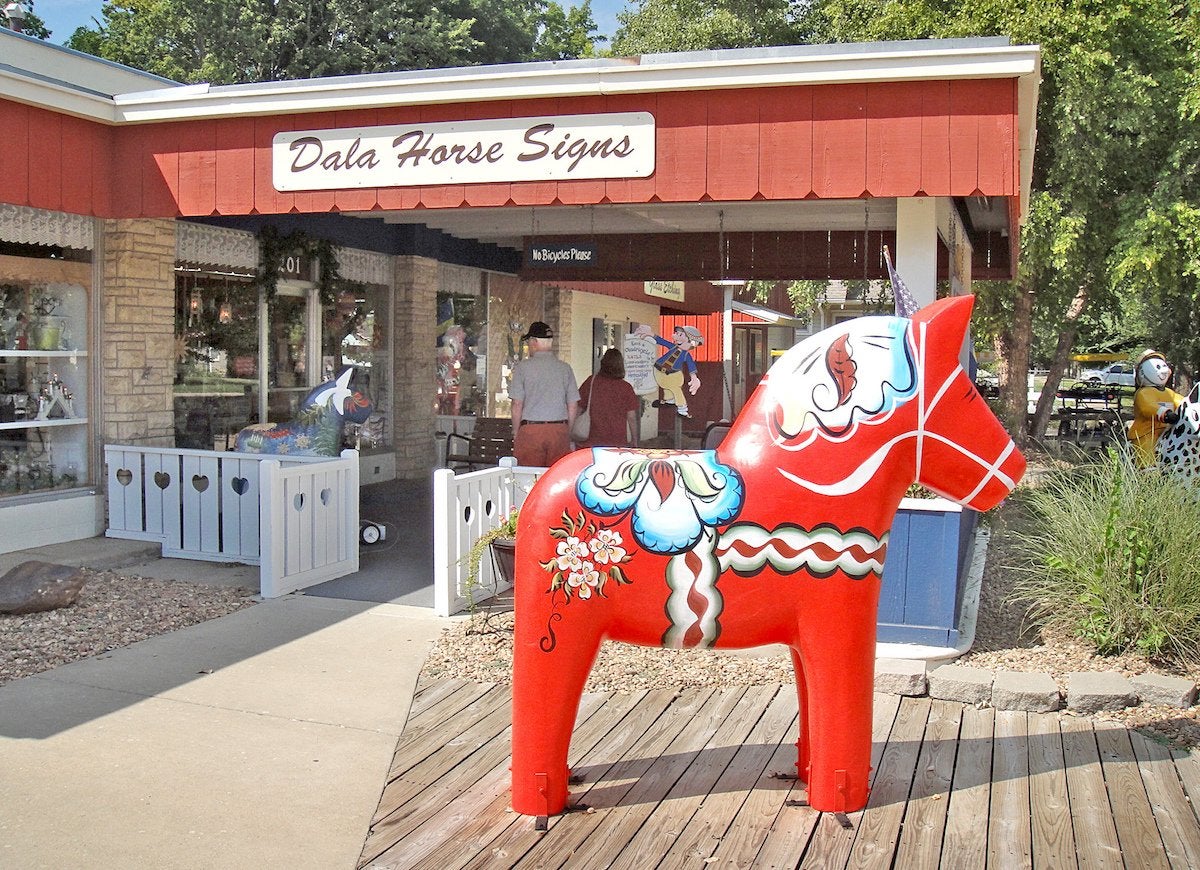
flickr.com via Chris Murphy
In the heart of Kansas, Lindsborg stands as a reminder of the surge of Swedish immigrants who arrived in the state in the mid-1800s. Also called Little Sweden, this tiny city is home to Bethany College, a small Lutheran liberal arts college, as well as an art museum, quaint inns and bed-and-breakfasts, and several gift shops where dala horses of all sizes are on offer. Domestic tourists who want to experience a taste of Sweden without flying across an ocean can enjoy Swedish food, dancing, and entertainment at Svensk Hyllningsfest, a biennial festival Lindsborg residents put on to honor their beginnings as an immigrant town.
Augusta, Kentucky | Population: 1,163
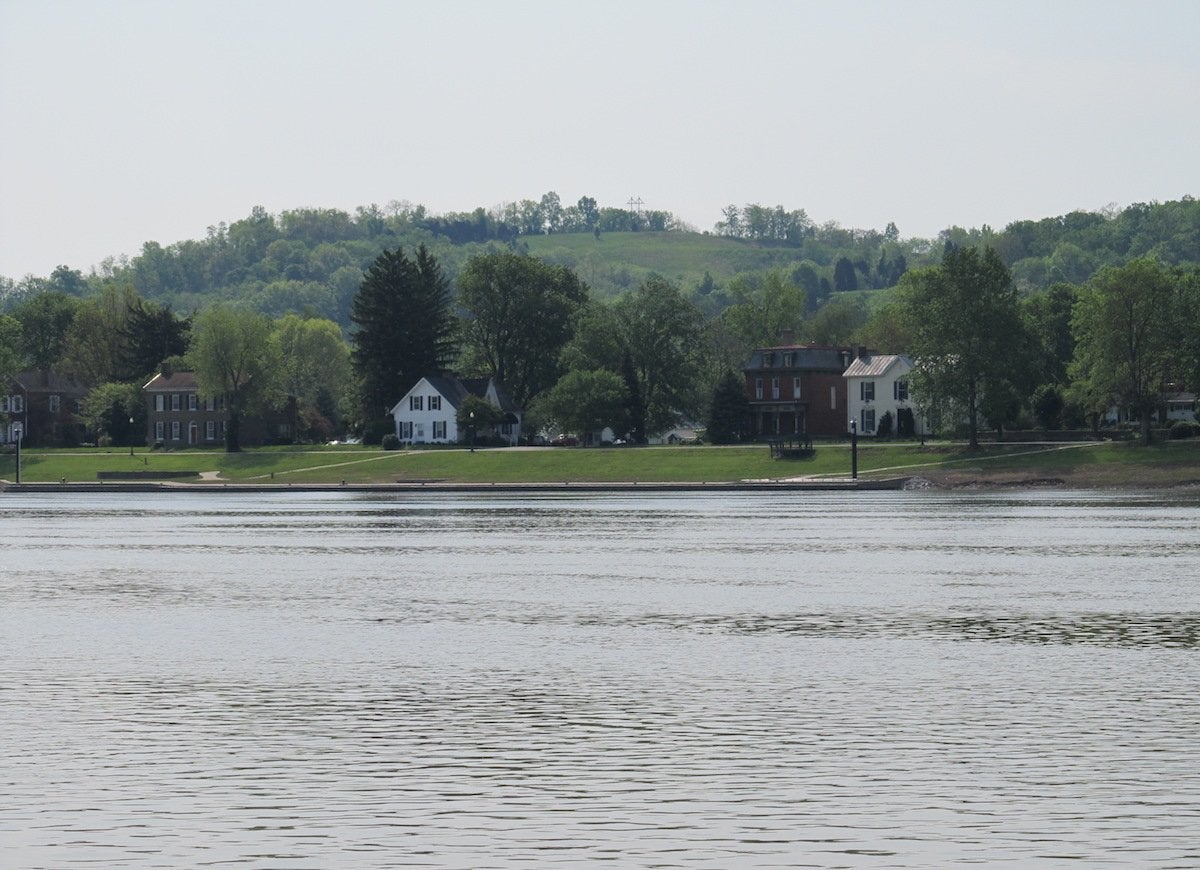
wikimedia.org via Augustaky
Identified as one of the top eleven places to experience Kentucky’s cultural heritage, Augusta gives visitors a reason to visit the area around the Ohio River. Once responsible for a major portion of America’s wine production, today, it’s recreational areas, parks, and the O’Neil Riverwalk that make the town truly memorable, affording residents and tourists a relaxing waterfront view.
St. Francisville, Louisiana | Population: 1,700
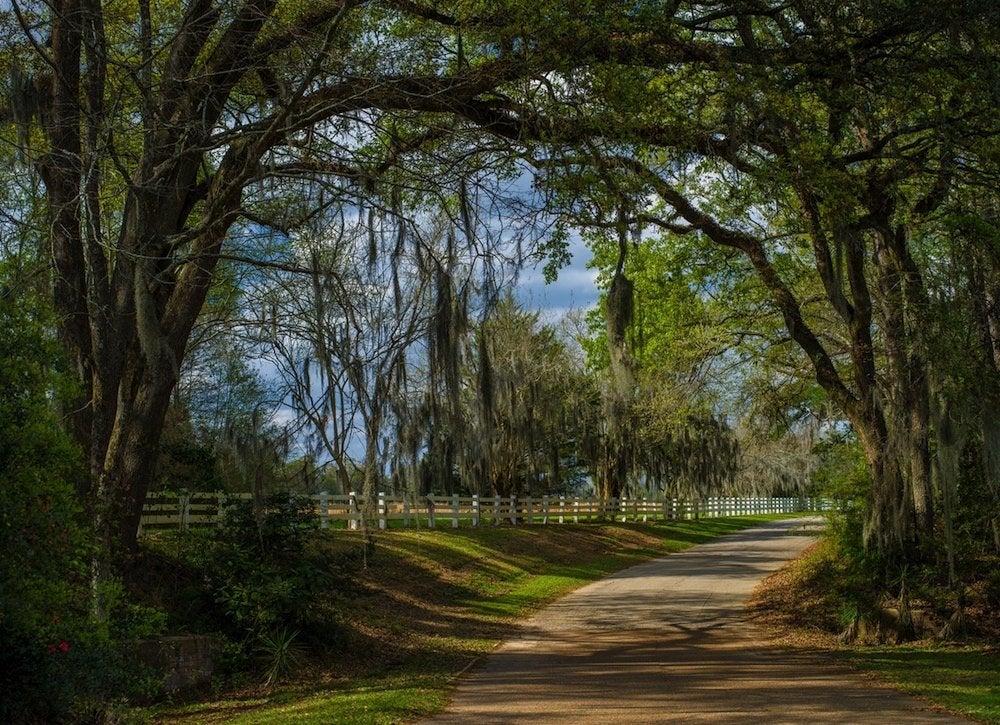
In the heyday of the antebellum South, when farms dotted the surrounding countryside, St. Francisville played a vital role in the region, culturally and commercially, in part thanks to its being on the Mississippi River. Now, more than 150 years after the Civil War, St. Francisville serves as a popular jumping-off point for tourists visiting any of the half dozen or so plantation museums located nearby. Most can be reached by car in a half hour or less, often along routes that take you through majestic, tree-canopied lanes that meander through the bayous.
Camden, Maine | Population: 4,850
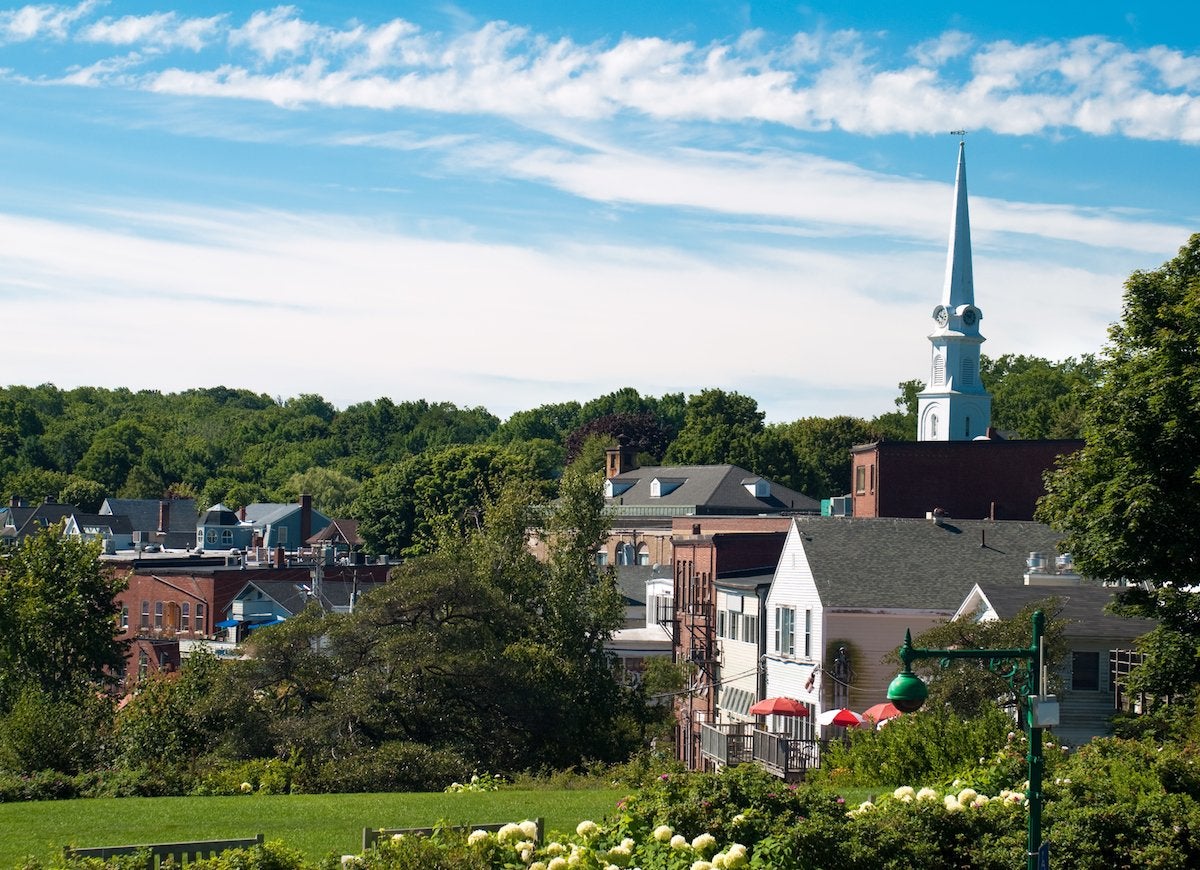
Where the mountains of Maine meet the sea, there you’ll find Camden, a tiny northeastern town that lures wealthy urbanites to the shore each summer. Long home to the Penobscot Abenaki Indians, who called it Megunticook, an Algonquian word meaning “great swells of the sea,” the area was later settled by the English, who established it as a manufacturing city and shipyard. Today you’ll find yachting enthusiasts in place of ship builders, especially during the summer months when the town’s population triples.
Related: The Best Tiny Town in Every State
St. Michaels, Maryland | Population: 1,029
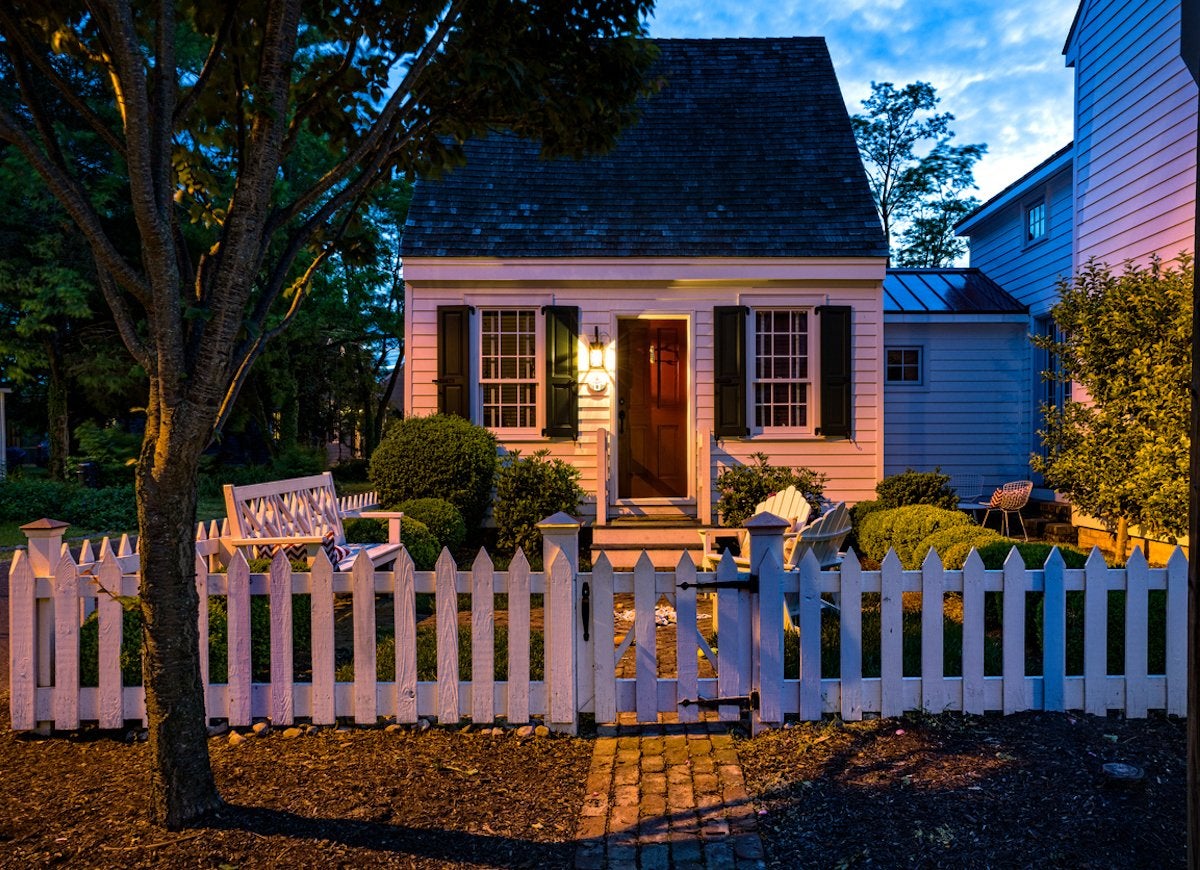
The self-proclaimed “Heart & Soul of the Chesapeake Bay,” St Michaels epitomizes the laid-back gentility of Maryland’s Eastern Shore. On the postcard-worthy main street, visitors take their pick of historic inns, fine restaurants, and upscale boutiques, while on the back streets, the well-preserved homes of long-ago merchants and mariners remind you St. Michaels originally prospered as a fishing and shipbuilding hub. Across the water, easily accessible via ferry, there’s Oxford—an even tinier time warp of a town well worth a half-day jaunt.
Rockport, Massachusetts | Population: 6,952
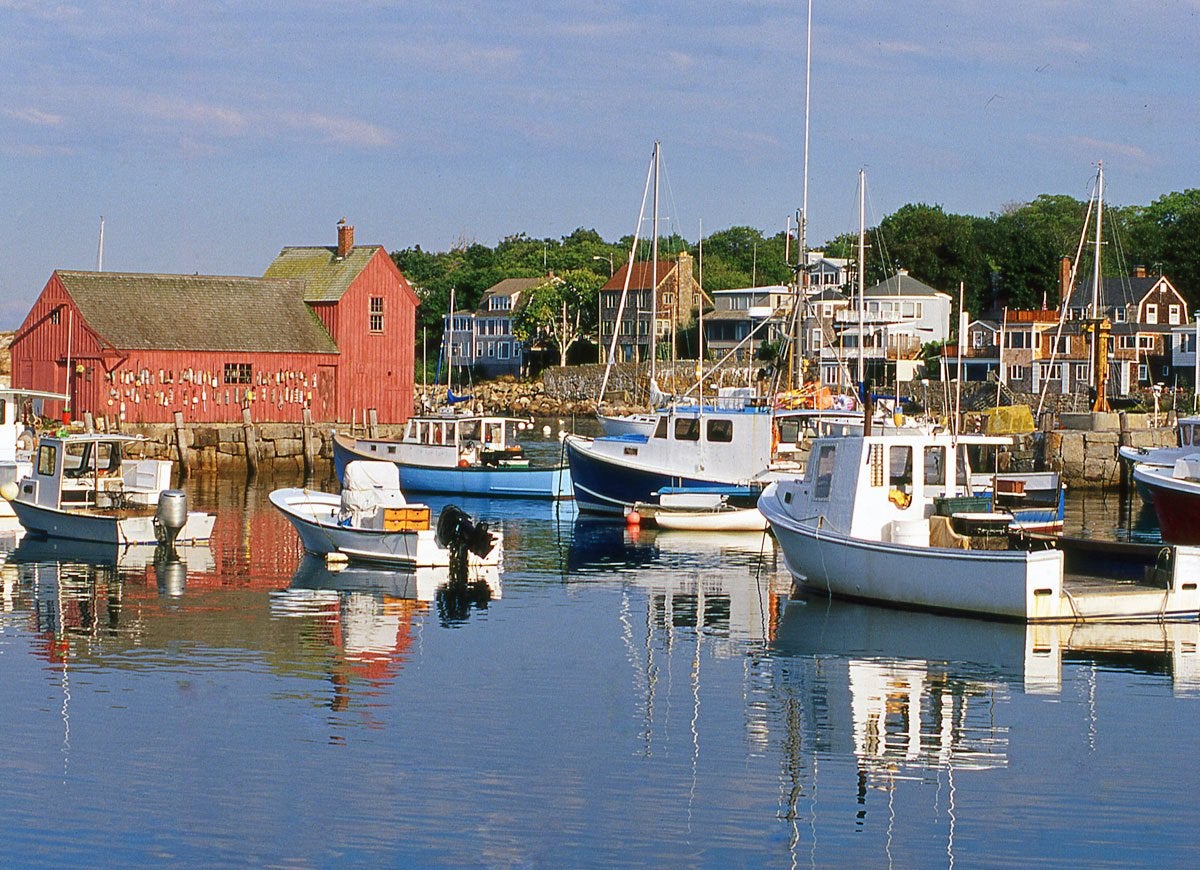
Located about 40 miles from Boston, the small town of Rockport, Massachusetts, has plenty of picturesque beaches, historic lighthouses, and oceanside parks—all of which capture the nautical charm of New England. Rockport became a leading supplier of granite after its founding in 1690. Over the years, it morphed into a suburban tourist destination with a thriving community of fisherman and artists, who find inspiration in the town’s beautiful harbor and boulder-strewn beaches. Rockport’s 7,000 residents search for whales in the bay, pursue the galleries and shops along Main Street, and hike scenic trails in the surrounding area.
Saugatuck, Michigan | Population: 963
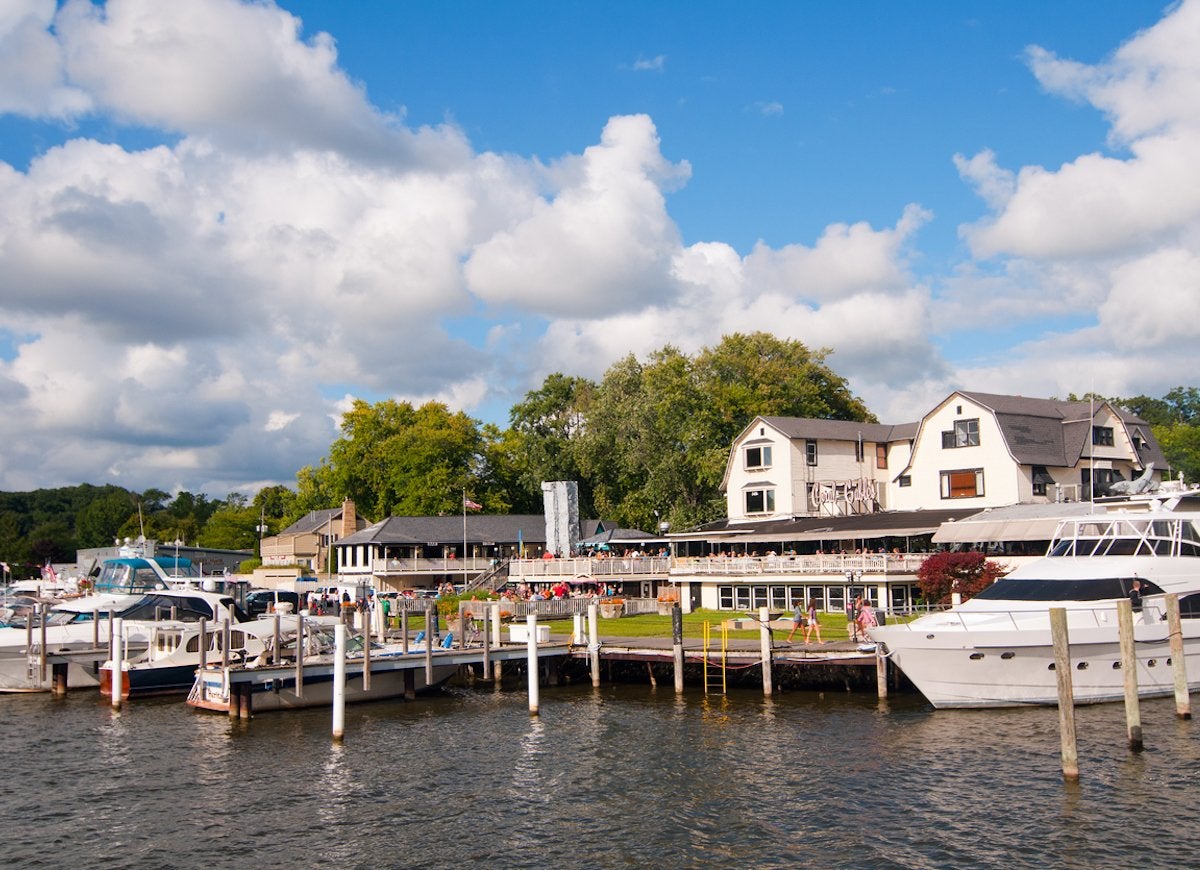
Saugatuck brings a small slice of seaside charm to Western Michigan. Located along Lake Michigan, it was dubbed one of the best small coastal towns in America by USA Today in 2016, thanks to its beautiful beaches, charming Victorian-inspired downtown area, and outdoor activities. Visitors usually stay in one of the town’s many bed-and-breakfasts, and they spend their days perusing art galleries, dining at cafes, walking along the harbor, and checking out the Saugatuck Dunes State Park. About 1,000 people live in Saugatuck year round.
Related: The Best Tiny Town in Every State
Grand Marais, Minnesota | Population: 1,341
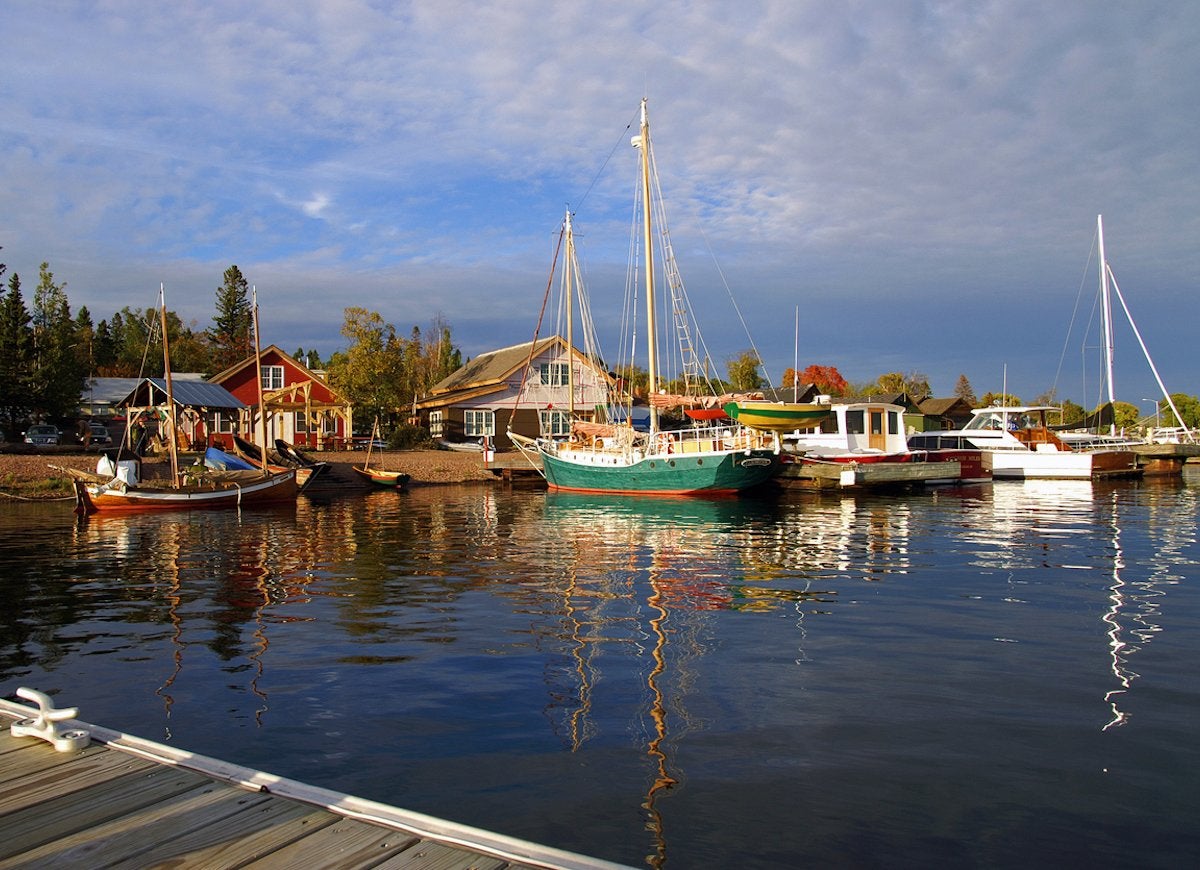
Break out the oars and dust off your dragon boat (you have one, right?) and head to the shores of Lake Superior this summer to compete in Grand Marais’s Dragon Boat Festival. The annual event, which benefits nonprofits, is just one of the reasons tourists flock to this little city in the Land of Ten Thousand Lakes. The town is also a destination for makers and is home to the Grand Marais Art Colony and the North House Folk School, which specializes in the instruction of traditional northern crafts, from blacksmithing to wooden spoon carving.
Holly Springs, Mississippi | Population: 7,574

After the original Chickasaw Indians were relocated from the land that would become Holly Springs, rich soil and a burgeoning cotton industry turned the settlement into a trading center off of the Mississippi Central Railroad for nearby plantations. Though the town’s prime location for exchange and storage of supplies led much of it to be torched by the North during the Civil War, visitors can still tour what remains and was rebuilt: the lush gardens, 100-some-year-old churches, and antebellum architecture, many of which offer tours and testament to the town’s history.
Related: The Best Tiny Town in Every State
Ste. Genevieve, Missouri | Population: 4,472
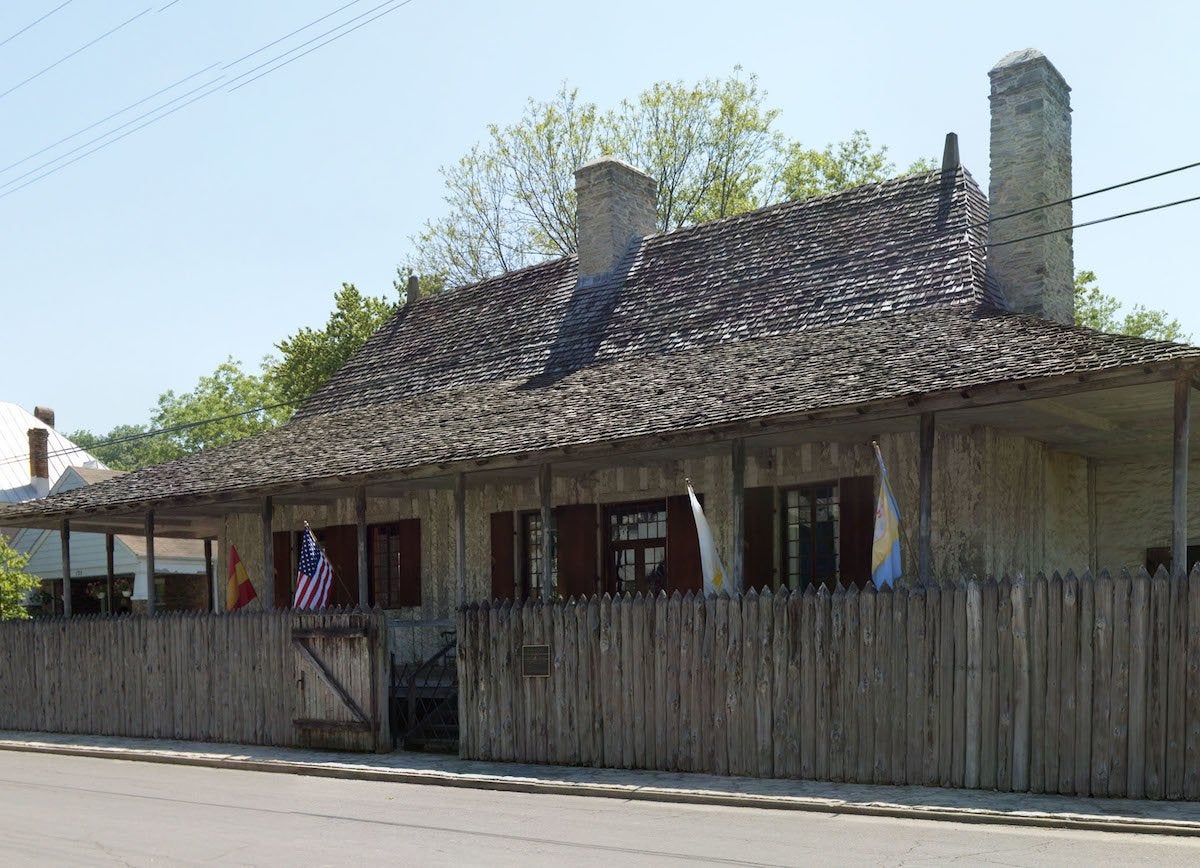
wikimedia.org via Andrew Balet
The oldest town in Missouri, Ste. Genevieve has done a remarkable job preserving its rich and charming history. The small town was founded by French Canadians in the early 1700s, and many of its French Creole-style structures still stand today. Visitors can see first-hand the poteaux sur solle (“posts-on-sill”) buildings, like the U.S. National Historic Landmark Louis Bolduc House, and its narrow streets and gardens. While Ste. Genevieve has managed to hold onto its historic ambiance, the town also lures visitors with its excellent restaurants and wineries.
Whitefish, Montana | Population: 6,357
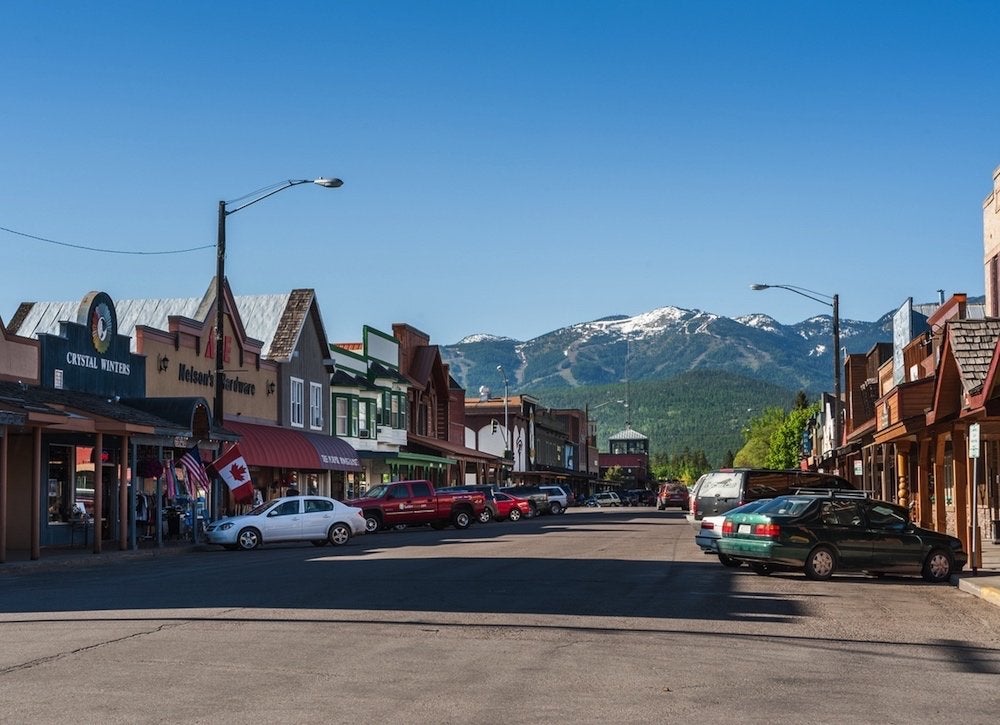
Whitefish sprang up at the base of Big Mountain (the highest peak in the state) when the railroad and timber industries took off back in the early 1900s. The latter business activity actually lent Whitefish its original name—Stumptown. Today, the frontier atmosphere and jaw-dropping Rocky Mountain beauty combine to lure ever-increasing numbers of visitors, especially during ski season. That said, from hiking to horseback riding to whitewater rafting, there’s plenty to do in Whitefish even during the quieter (and substantially cheaper) off-season.
Chadron, Nebraska | Population: 5,724
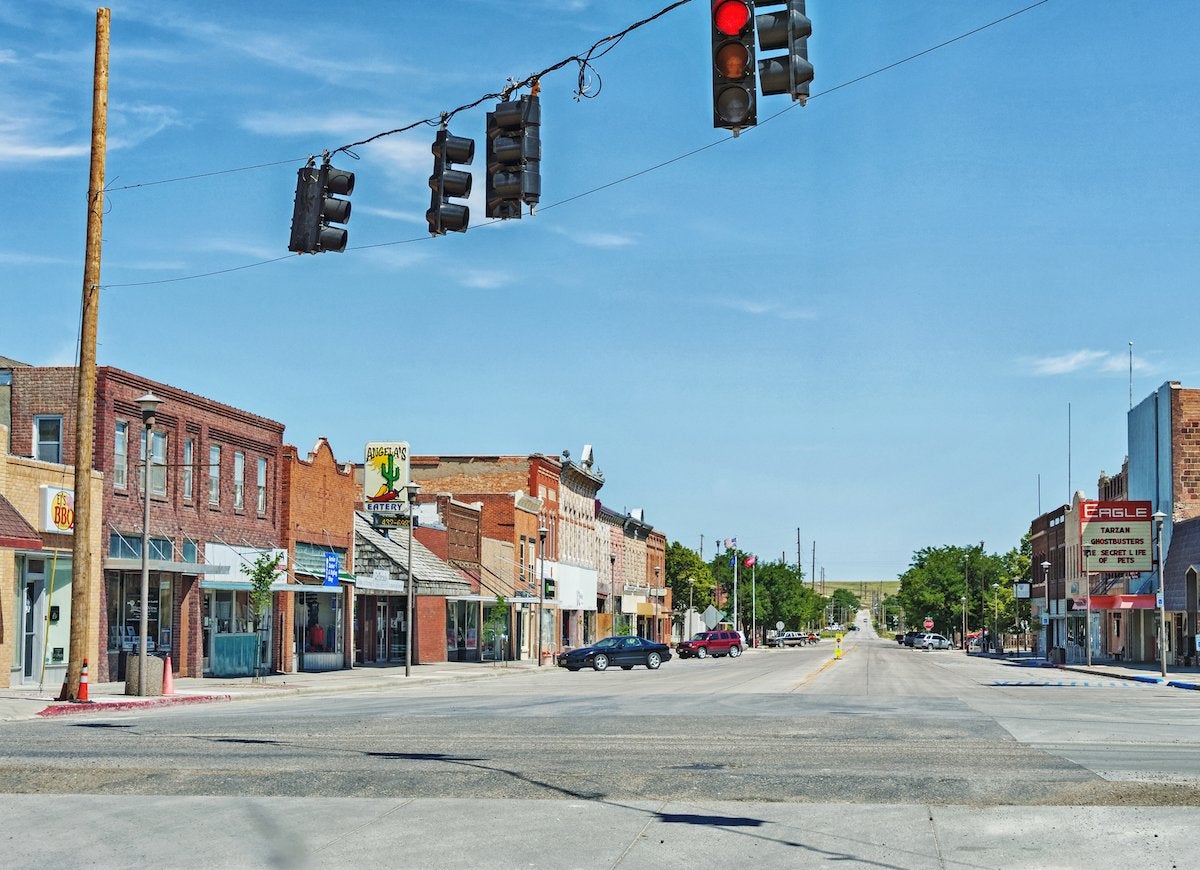
In the old days, life on the Great Plains was no carnival! In Chadron, especially, an old fur trading town, days were long and work was hard. Today, however, the town offers a truly exciting trip back in time at the annual Fur Trade Days festival, recognized as one of the best events by Nebraska’s Department of Tourism. Boat racing, tomahawk throws, archery competitions, rodeo, and a buffalo chip throwing championship (yes, really!), plus a traders’ market full of artisan-crafted goods make this an affair to remember.
Genoa, Nevada | Population: 939
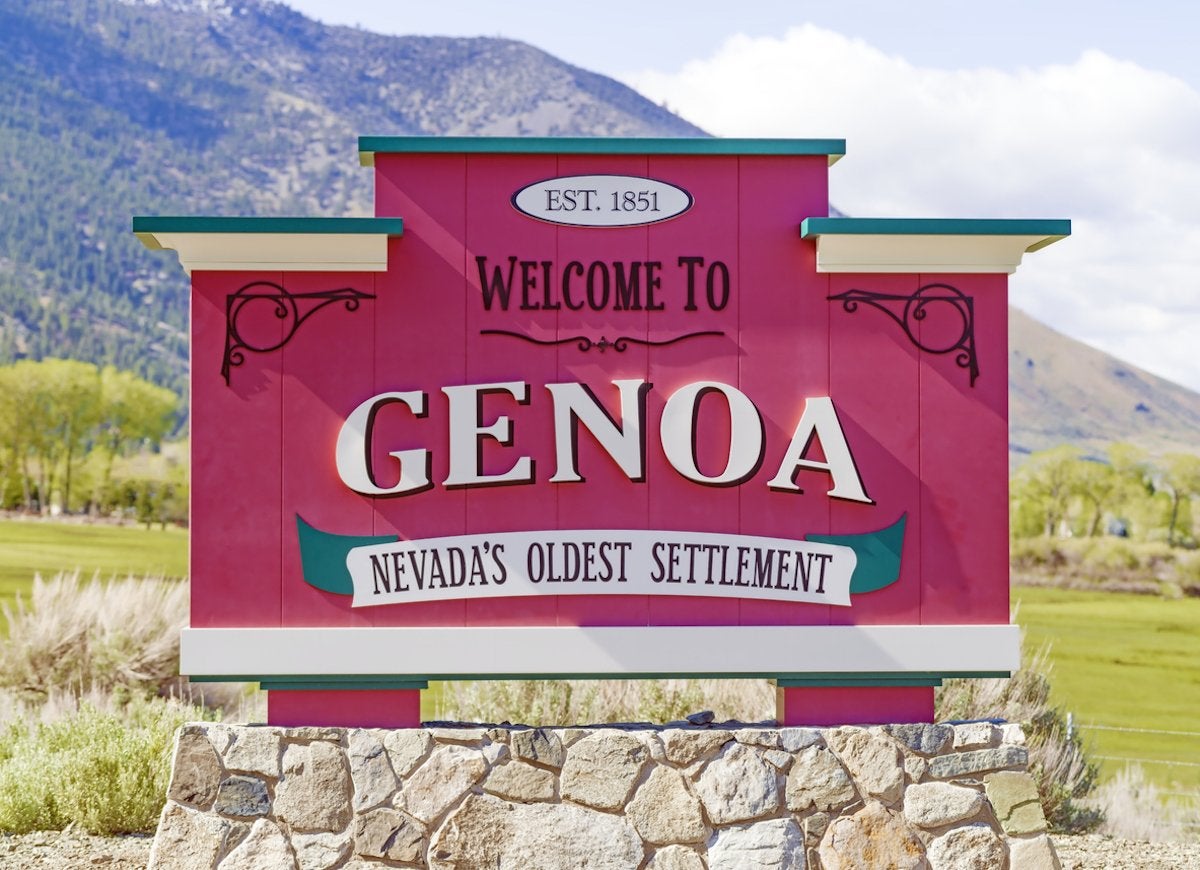
This tiny Nevada town 25 minutes east of Lake Tahoe and an hour south of Reno is steeped in history. For one, its biggest natural attraction, Mormon Station Memorial State Park, stands in the location of the first permanent trading post to commemorate the state’s settlement in 1851. Schedule your trip for the first weekend in September and you can complement the abundance of traditional outdoor recreation options—hiking, biking, golfing, fishing, bird-watching, and more—with a side of sweet tradition. Since its start in 1919 as a homemade candy sale and dinner-dance for residents, the annual Candy Dance Arts and Crafts Faire has grown into a much larger affair that attracts artisans and shoppers from all over Nevada.
Harrisville, New Hampshire | Population: 961
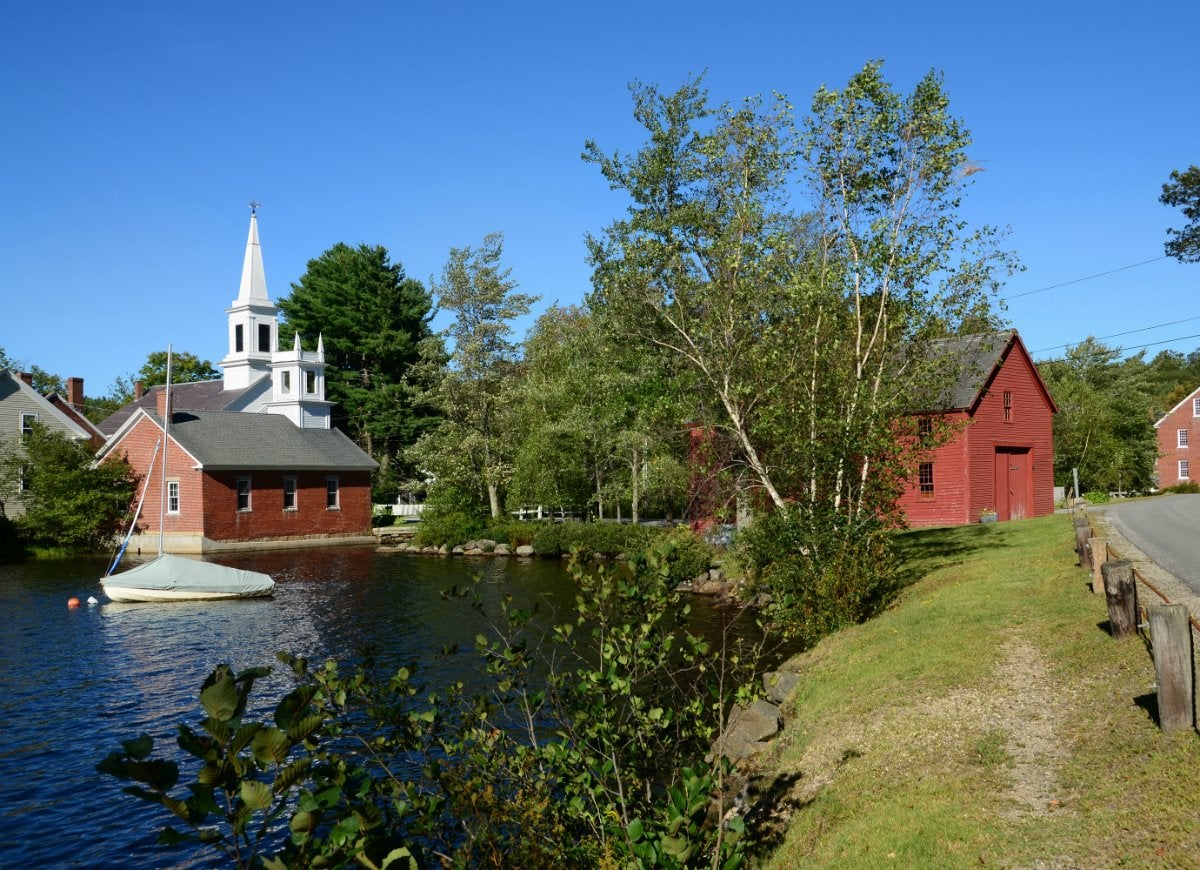
Nestled off Route 101 among the hills beneath Mount Monadnock and 10 neighboring lakes and ponds, Harrisville offers the perfect rural setting for what is the best preserved industrial community from the 19th century. In the short drive from one side of town to the other, visitors will see a brick and granite mill and a charming village to match, complete with traditional general store and seasonal farmers’ market. While agricultural work and active farms persist here, the town’s tiny population also includes working artists and pioneers of more digital-age trades who embrace the escape from most modernities outside of work hours.
Cape May, New Jersey | Population: 3,535
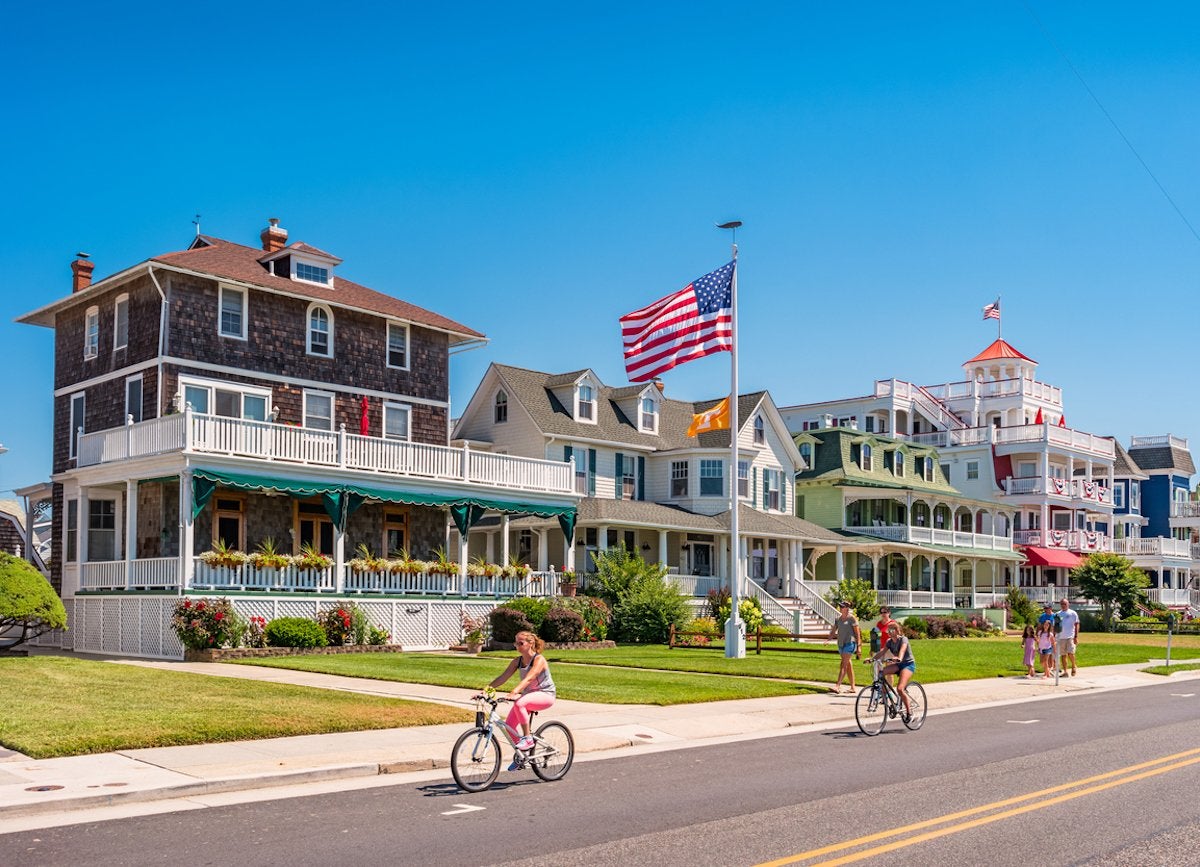
Tiny Cape May has made a big name for itself amongst beachgoers thanks to its pristine shores and picturesque buildings. If locals or visitors aren’t on the beach, they’re biking around town or shopping at the mom-and-pop shops (big chains are outlawed). However, “The Nation’s Oldest Seashore Resort” almost never was—it was nearly destroyed by a fire in 1878. Plucky residents rebuilt the town, and constructed many famous Victorian buildings—the second biggest collection in the United States after San Francisco.
Taos, New Mexico | Population: 5,740
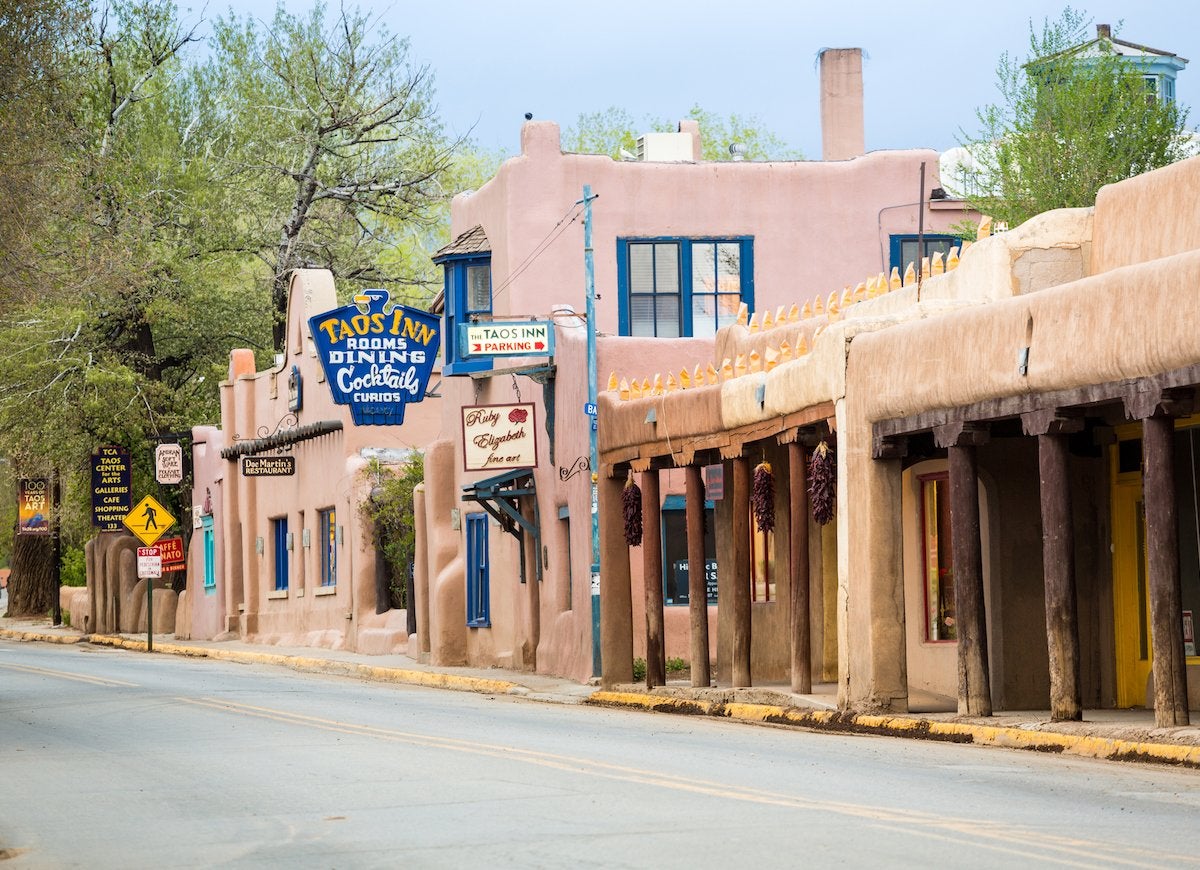
Not far from Taos Pueblo, the oldest continuously inhabited community in the United States, you’ll find its modern cousin, Taos. This small town, which is older than America itself and traces its roots to the Spanish invasion of the nearby Pueblo villages, has produced a thriving community of artists. Although Taos is home to no more than 6,000 residents, the town boasts as many as three art museums and more than 80 galleries, as well as performing arts groups and music schools.
Skaneateles, New York | Population: 7,254
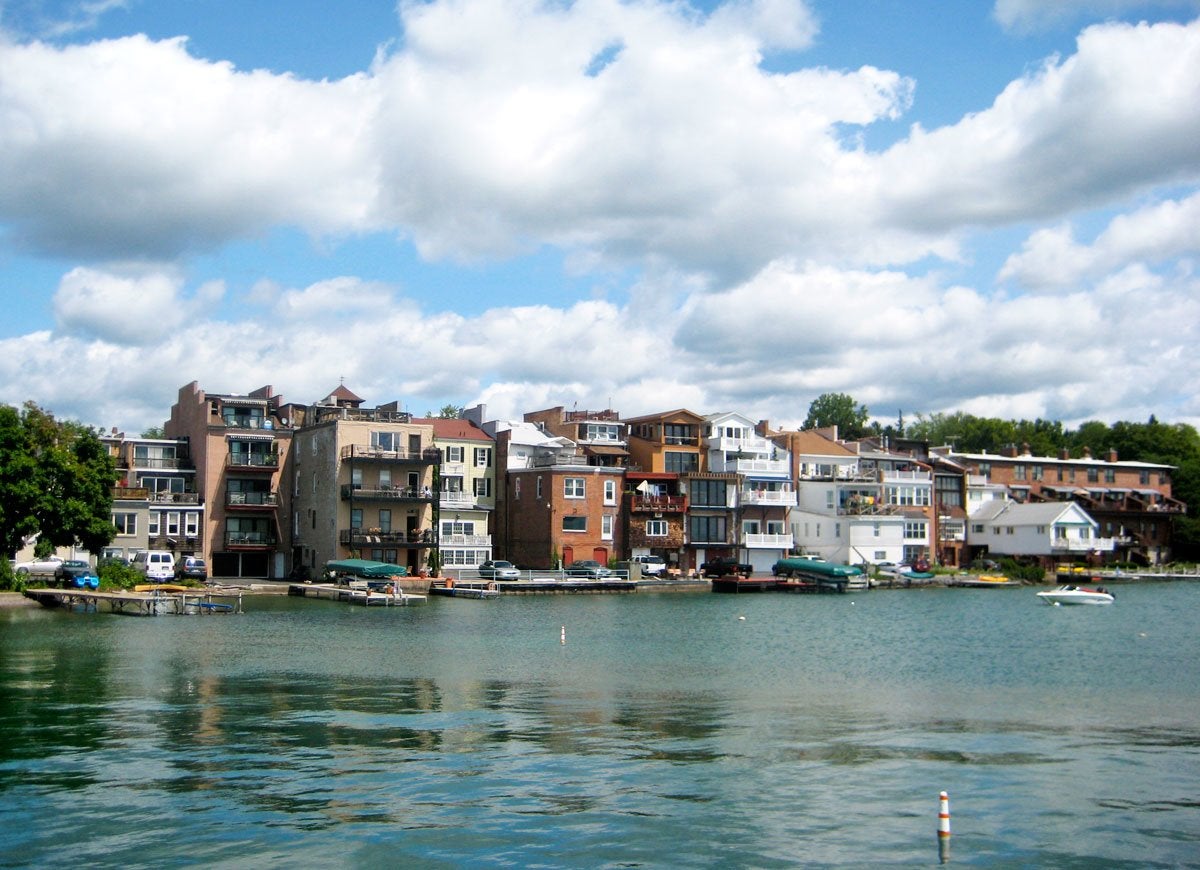
flickr.com via joenevill
In the heart of Central New York lies the Finger Lakes, which are 11 long and narrow lakes that attract tourists with their beautiful scenery and abundant wineries. Along one of these bodies of water, Lake Skaneateles, lies a scenic small town that shares the same name. About 7,200 live in the village, which has a quaint downtown area with boutique shops and restaurants. Skaneateles draws local tourists with its grand river views, boat excursion, nearby vineyards, and festivals.
Beaufort, North Carolina | Population: 4,195
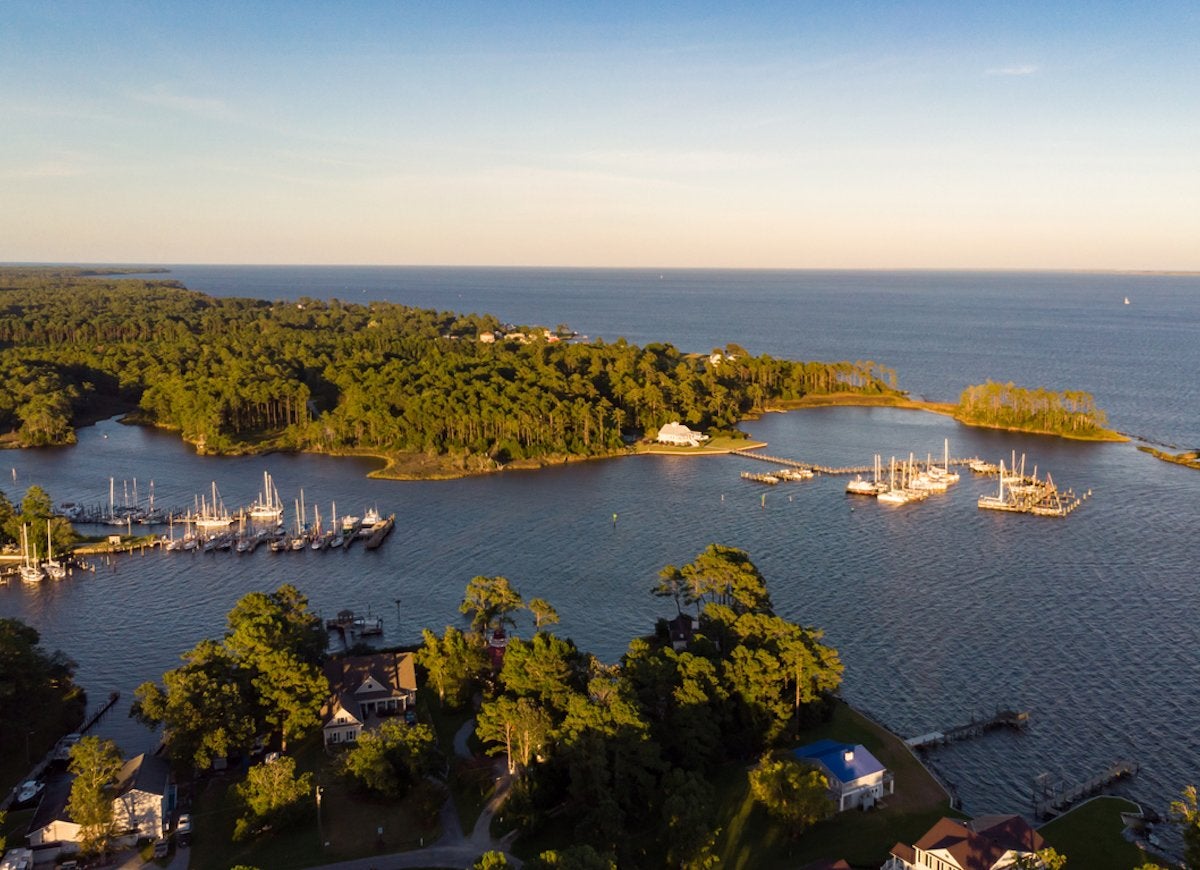
Soak up the charm of Beaufort by slowly strolling around its national historic district—a remarkable, must-see collection of quintessentially Southern homes, each seemingly framed by picture-perfect mossy oaks. In the evening, head down to the waterfront to dine on the lively boardwalk, where you can watch the sun set over the North Carolina Low Country—a region that occupies a unique middle ground between the gentility of Charlestown and the beach bum vibe of the Outer Banks.
Medora, North Dakota | Population: 132
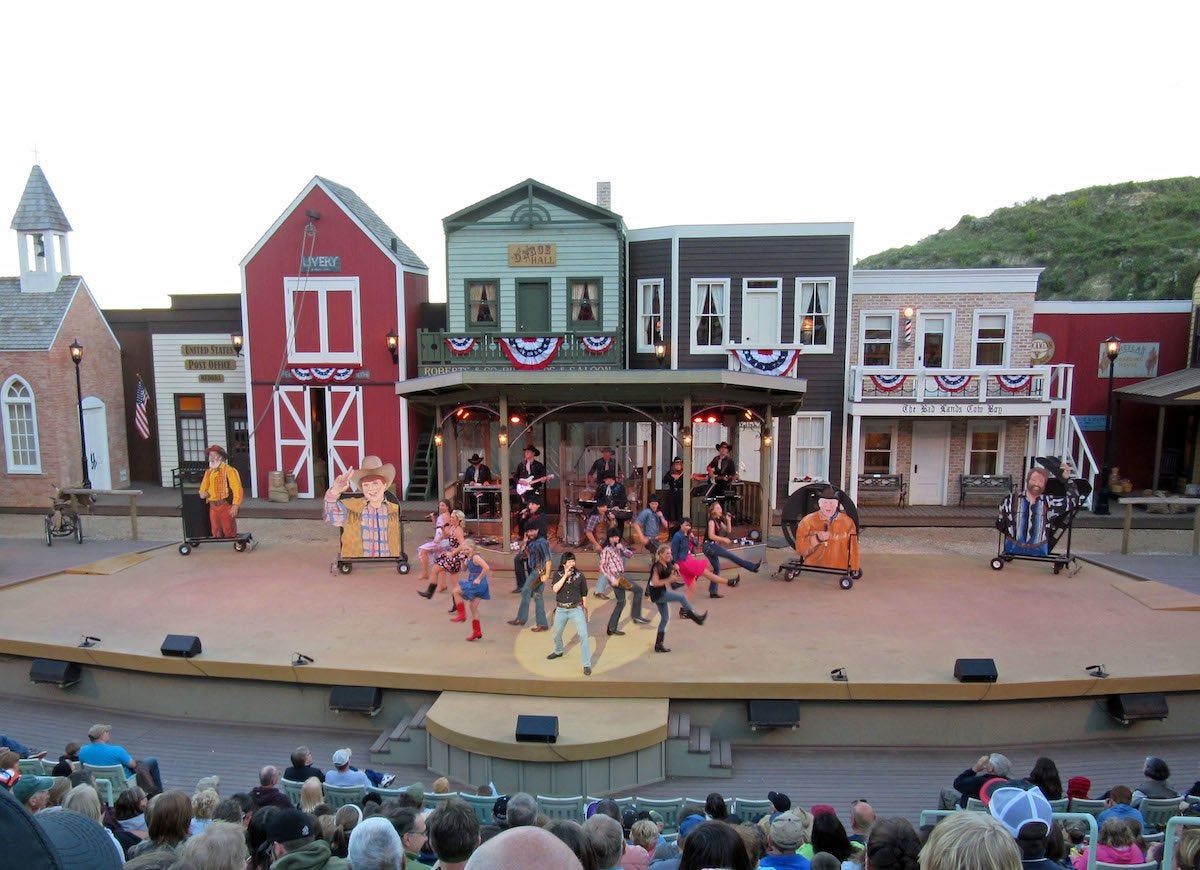
wikimedia.org via Michael Holley
Situated in the Badlands, Medora has established itself as a popular destination despite having fewer than 200 residents. Visitors flock to Medora to visit outdoor attractions, like the Theodore Roosevelt National Park and the Bully Pulpit Golf Course, to take in the sights and sounds of the American Frontier. Perhaps its most notable and unique event is the town’s annual Medora Musical. Every summer from June through early September, the town hosts a professionally produced musical celebrating President Theodore Roosevelt’s sojourn in the region. Regardless of its size, Medora has certainly earned its nickname as “North Dakota’s #1 Vacation Destination.”
Yellow Springs, Ohio | Population: 3,526
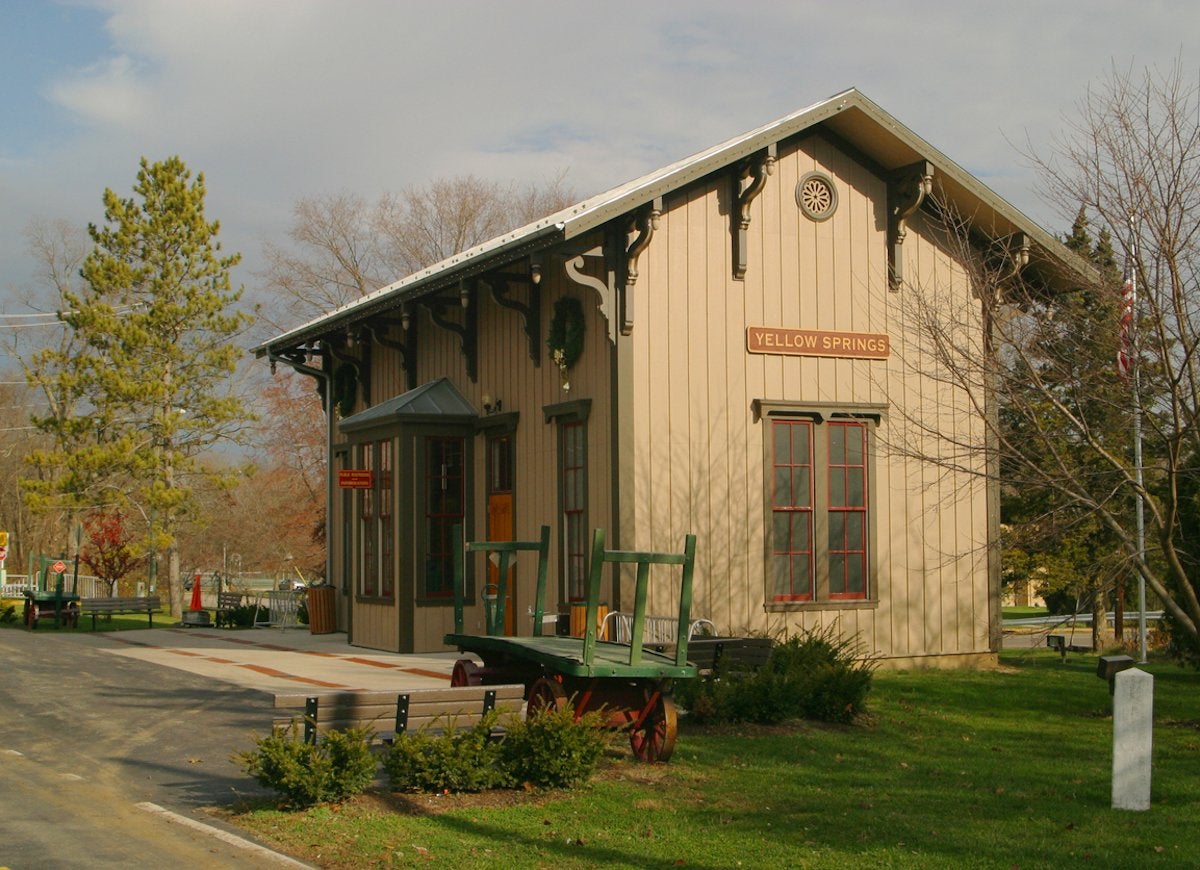
In 1825, the founders of Yellow Springs, Ohio intended to turn it into a utopian community. Although the plans never came to fruition, the town still stands out in the Midwestern state—mostly because of its eclectic style and cultural diversity. Yellow Springs houses about 3,500 residents throughout its friendly neighborhoods. In the thriving downtown area, you’ll find fun-loving street performers, locally-owned shops, unique restaurants, and colorful performance venues, which show off the town’s rich cultural scene. The surrounding area has many biking and hiking trails, as well as farms that supply food to the local markets.
Medicine Park, Oklahoma | Population: 430
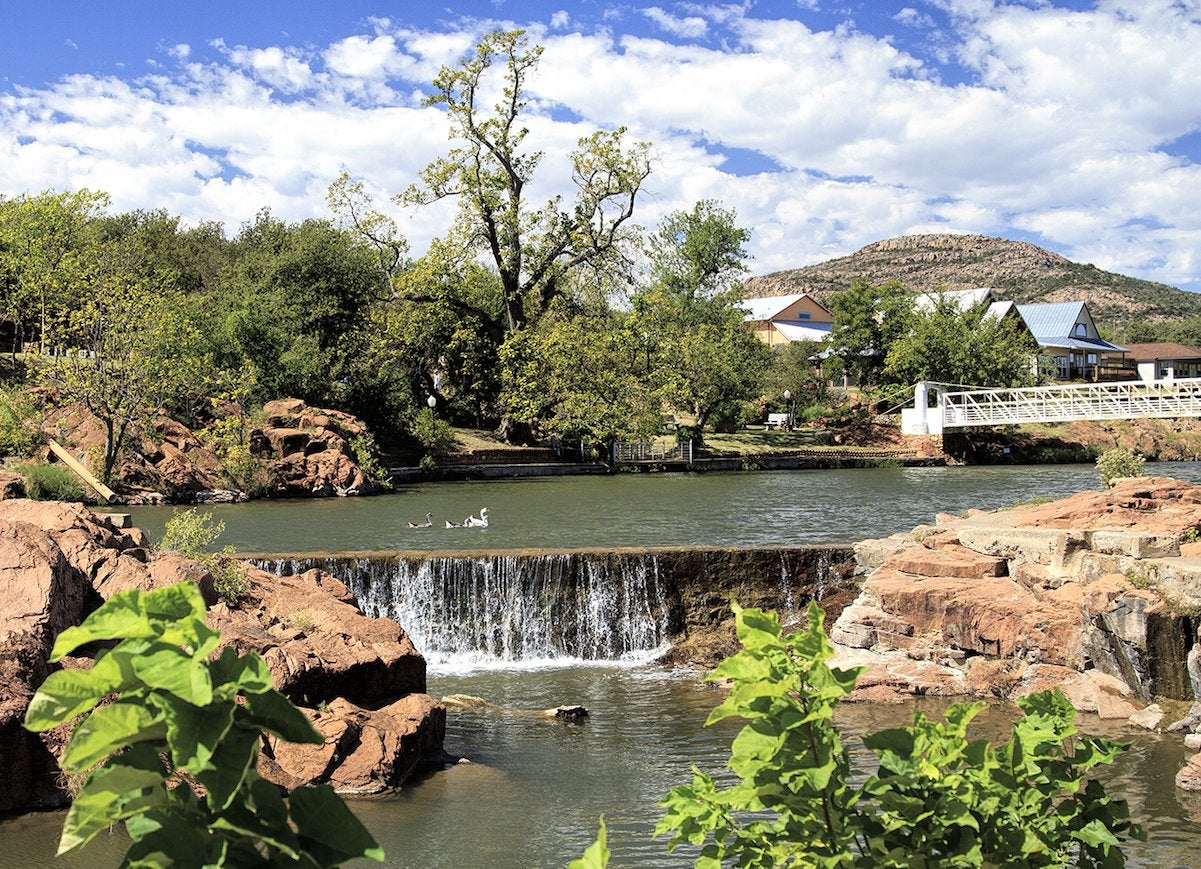
flickr.com via Larry Smith
Before Medicine Park was officially even a town, people from neighboring Lawton headed to its creek to stay cool during the summer months. It wasn’t until 1908 that Oklahoma Senator Elmer Thomas founded the town with the vision of making it the state’s first planned resort community. After a successful start that earned it the moniker “Jewel of the West,” the town took a hit during the Great Depression and World War II. Thanks to modern revitalization efforts and its proximity to Wichita Mountains Wildlife Refuge, the resort community has experienced a resurgence. The close-knit community hosts five annual musical festivals, which keeps the visitors pouring in and locals hard at work.
Hood River, Oregon | Population: 7,476
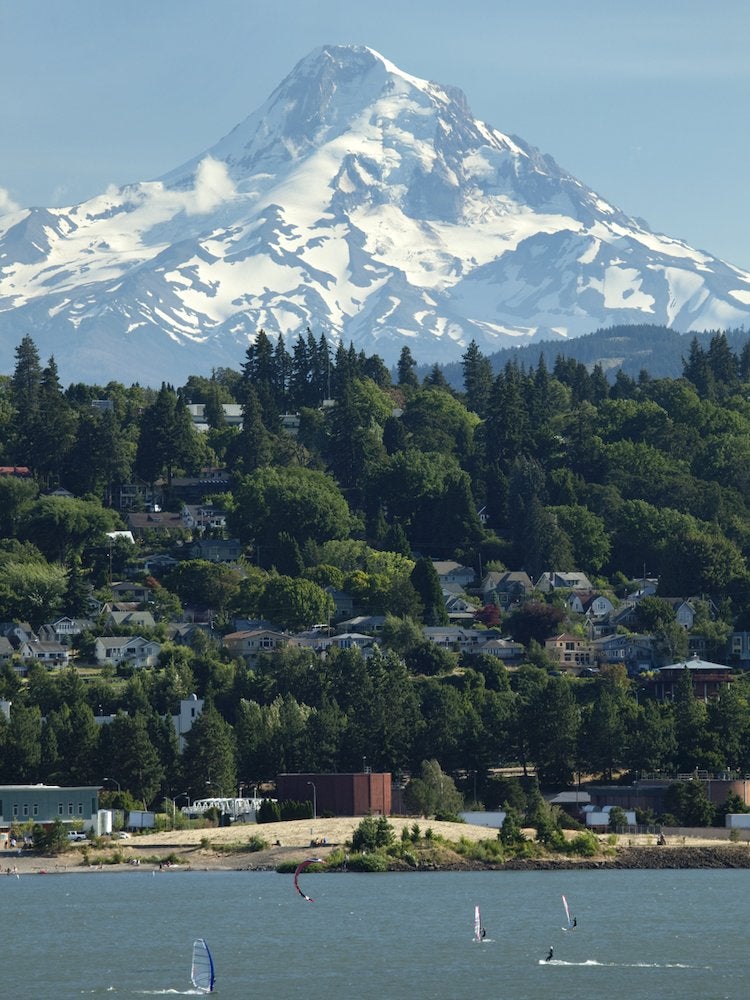
You’d wouldn’t necessarily expect to find a wind- and kite-surfing mecca in the state of Oregon, in the shadow of snowcapped Mount Hood. But thrill-seekers from all around the world visit the area to take part in water sports that depend on the winds always barreling through Columbia River Gorge. Though an ideal base for exploring all the nearby orchards, vineyards, and hiking trails, this tiny (but not too tiny) historic lumber town offers plenty of its own delights too—Victorian and Craftsman Bungalow architecture, for instance, along with an array of shops, restaurants, and breweries.
Related: 16 American Towns Every Old-House Lover Needs to See
Wellsboro, Pennsylvania | Population: 3,290
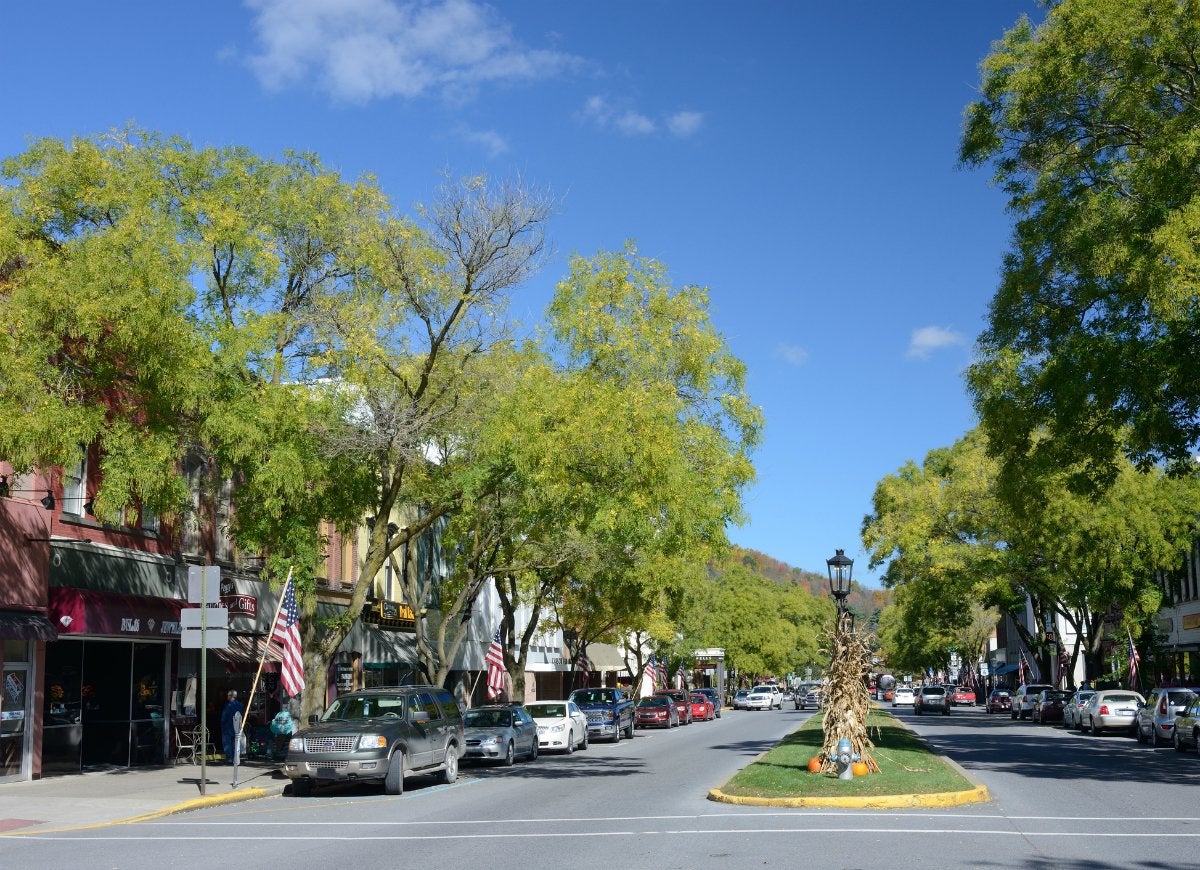
This tiny town boasts one big attraction: Pine Creek Gorge—called the “Pennsylvania Grand Canyon”—is a 6-million-year-old land feature shaped by the melting prehistoric ice glaciers. Recent recognition in publications like National Geographic and Sports Illustrated have drawn locals and visitors from all over to the small town to enjoy hundreds of miles of hiking and biking here as well as any other of Pennsylvania’s free state parks. Should you pull yourself away from exploring the natural terrain, you’ll find plenty of Americana charm on a stroll or trolley ride in Wellsboro’s downtown area, past a family-owned department store (the last in the country!), restored 1930s movie theatre, and even an old fashioned dining car all stand lined and illuminated by original Victorian gas lights.
Jamestown, Rhode Island | Population: 5,405
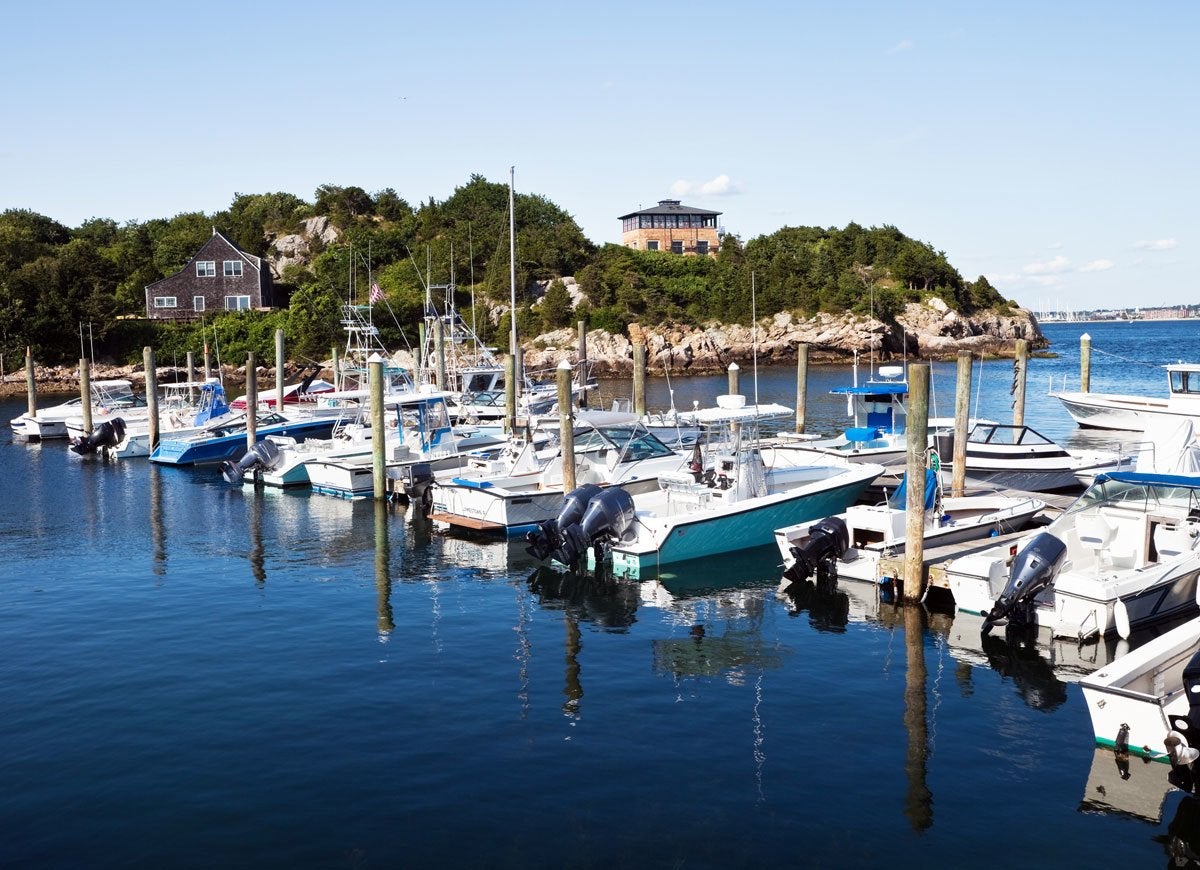
A few short miles from bustling Newport, Jamestown is a peaceful seaside town on Conanicut Island with about 5,400 residents. Jamestown mixes its residential community with a resort atmosphere, and it houses many local shops, restaurants, historic properties, and farms. Until the 20th century, people could only visit Jamestown by taking a ferry, but now the Jamestown Verrazzano Bridge and the Claiborne Pell Newport Bridge connect the island to the mainland.
Georgetown, South Carolina | Population: 9,054
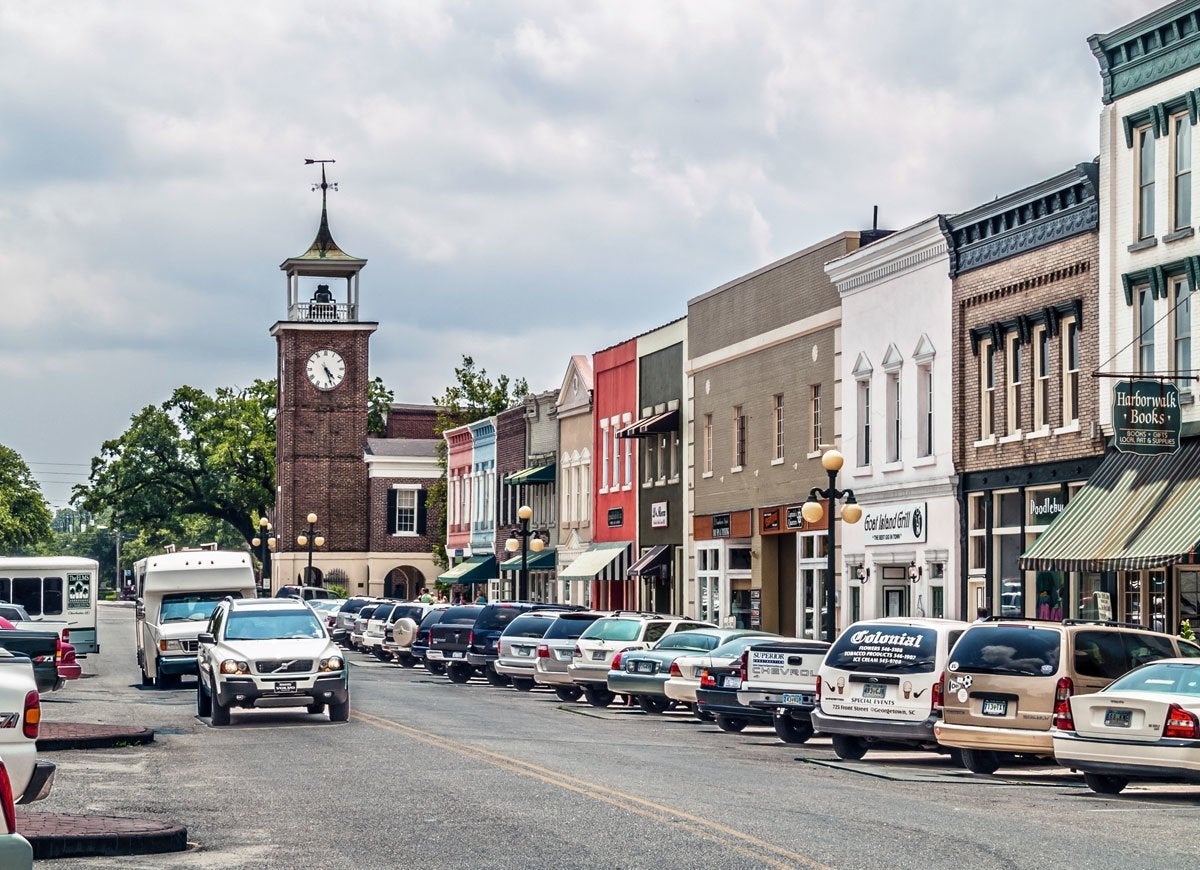
Founded in 1729, the waterfront community of Georgetown is the third oldest city in South Carolina. The oak-lined downtown area is filled with locally owned shopping and dining venues, and residents find plenty of opportunity for fishing and boating. If you’re visiting the seaport, don’t miss out on the town’s fascinating history, which begins before the Revolutionary War. Just over 9,000 people live in the small town today, and more than 50 locations are on the National Register of Historic Places.
Keystone, South Dakota | Population: 344
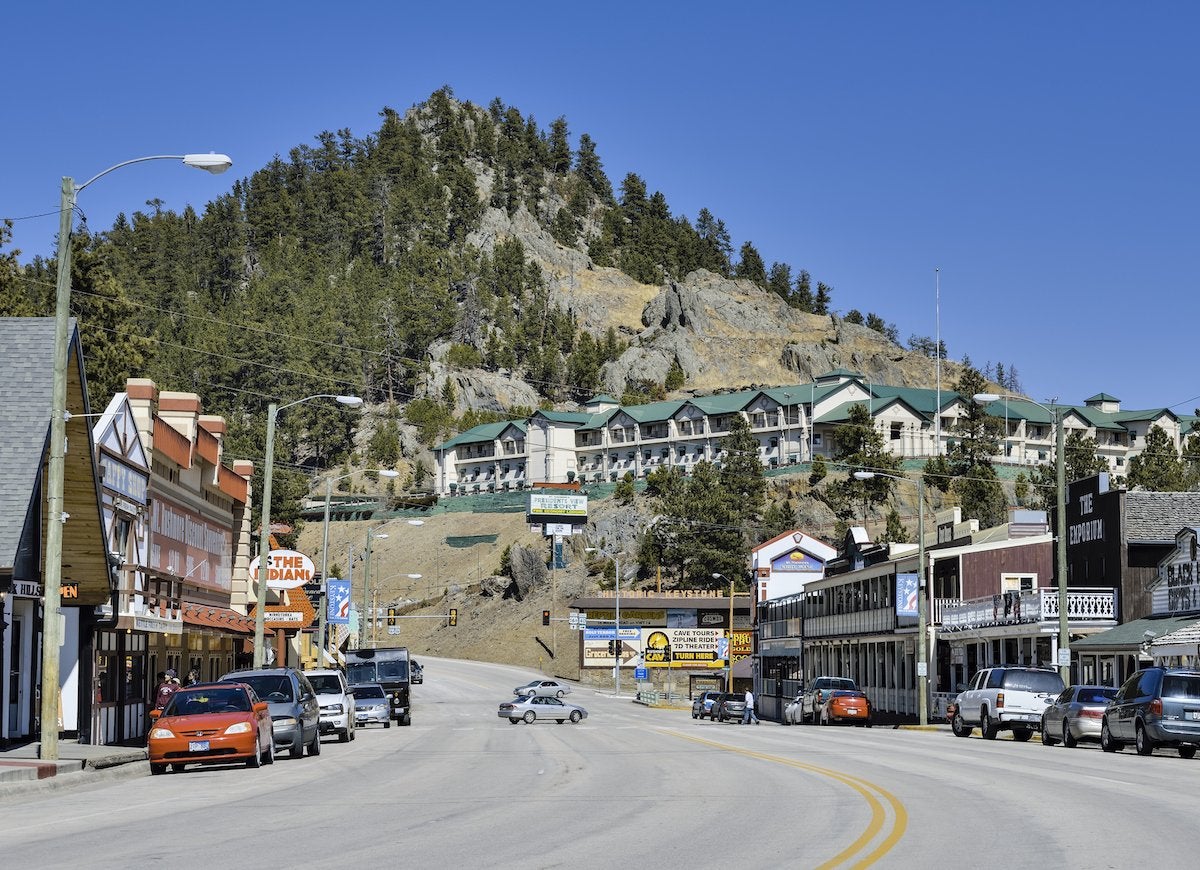
You may not have heard of this little town of less than 350, but if you’re planning a road trip to one of America’s most iconic monuments, chances are you’ll drive through its winding streets or rent a room in one of its many lodges and resorts. Located a short drive from Mount Rushmore, this former mining town has successfully pivoted to become a desirable destination for tourists, while maintaining its small town charm.
Bell Buckle, Tennessee | Population: 512
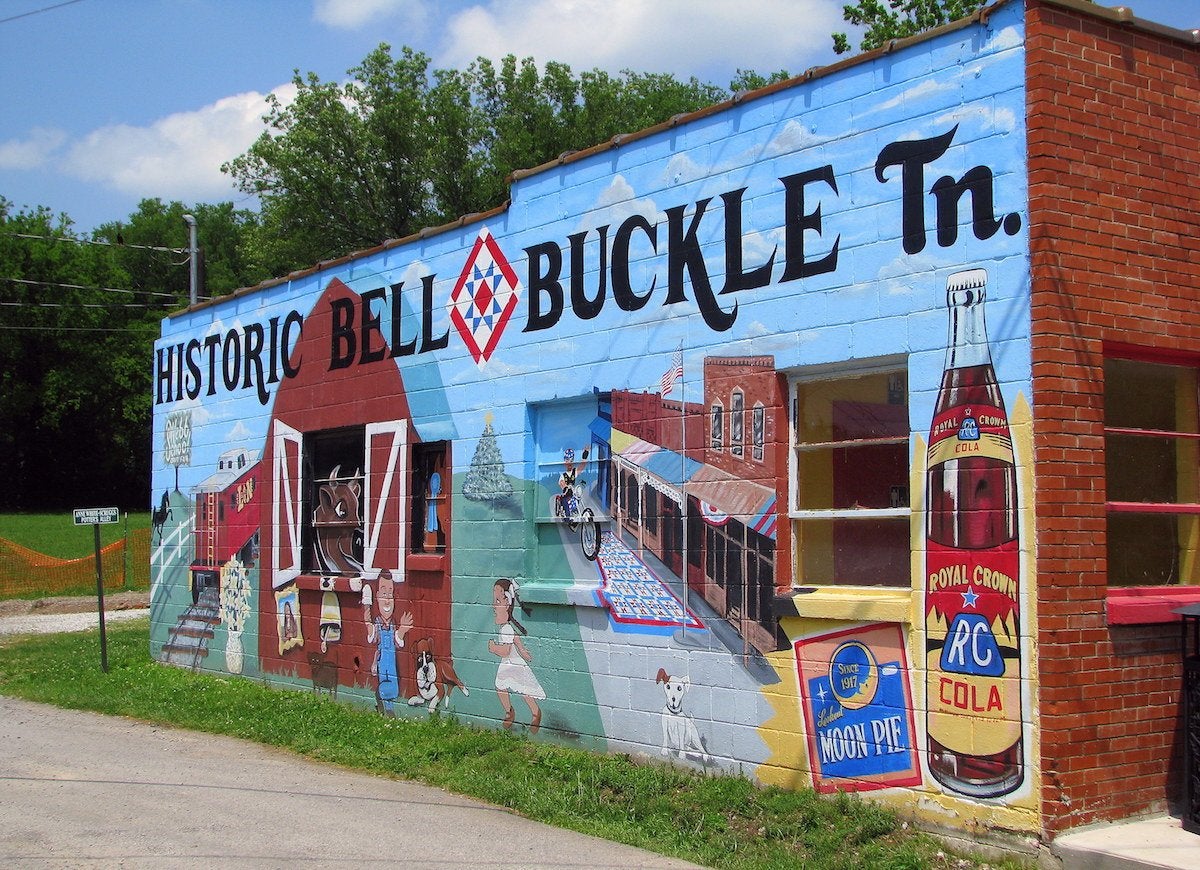
flickr.com via Brent Moore
If you have a sweet tooth, you’ll want to visit Bell Buckle, Tennessee. This small town, located between Nashville and Chattanooga, hosts a RC-Moon Pie Festival every summer on the third Saturday in June. The festival celebrates the South’s original fast food—an ice-cold RC Cola and MoonPie. If consuming sugary food and drinks isn’t your taste, the town is also known for its preserved Victorian homes and antiques scene.
Marfa, Texas | Population: 1,800
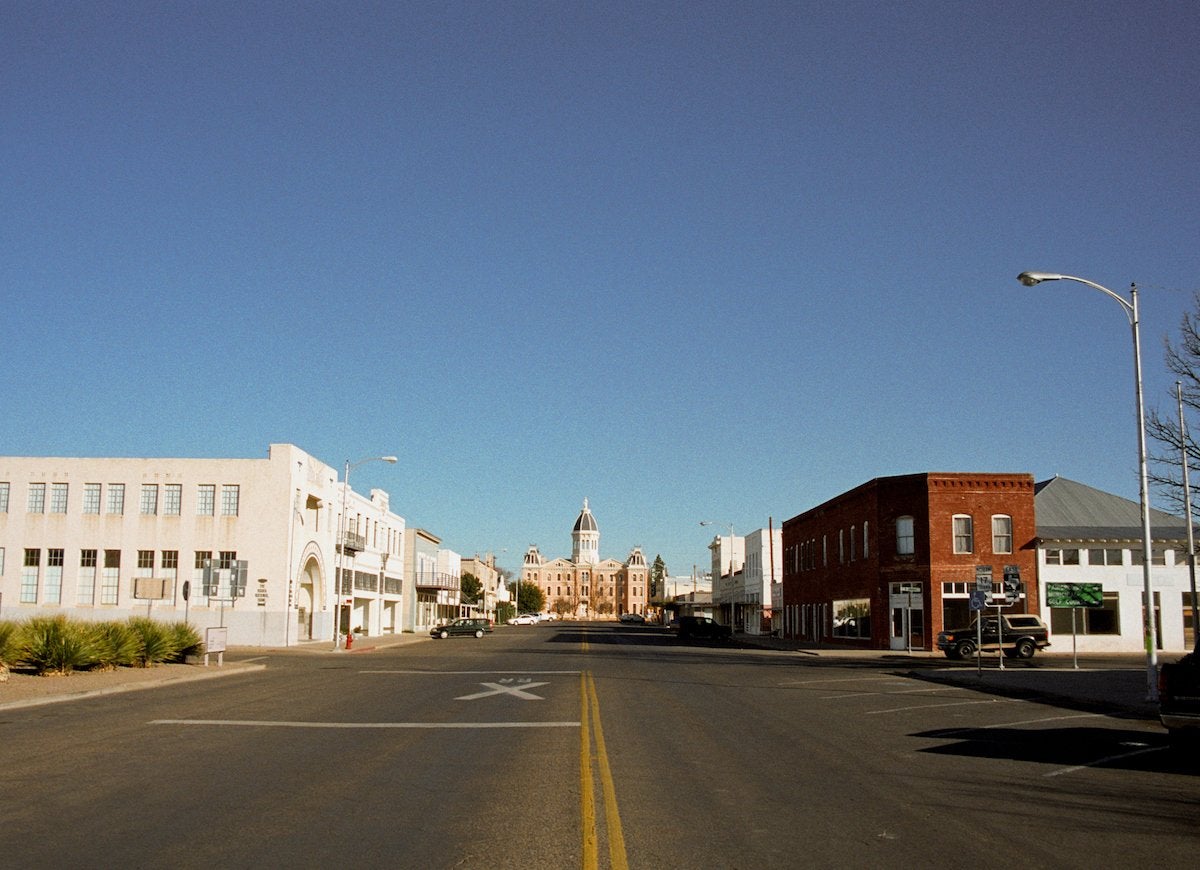
Situated in the high desert of Western Texas, Marfa may seem like an unlikely destination for art enthusiasts. In fact, the small town is well-known for its Minimalist art scene and the Open House weekend put on by the Chianti Foundation, which lures thousands of art appreciators from around the world. The city’s other big claim to fame is the Marfa lights, a ghostly phenomenon where floating lights seem to move, split, merge and disappear over the surrounding desert. While there may be a perfectly scientific explanation for the lights, that doesn’t stop some from considering it to be a paranormal experience.
Moab, Utah | Population: 5,235
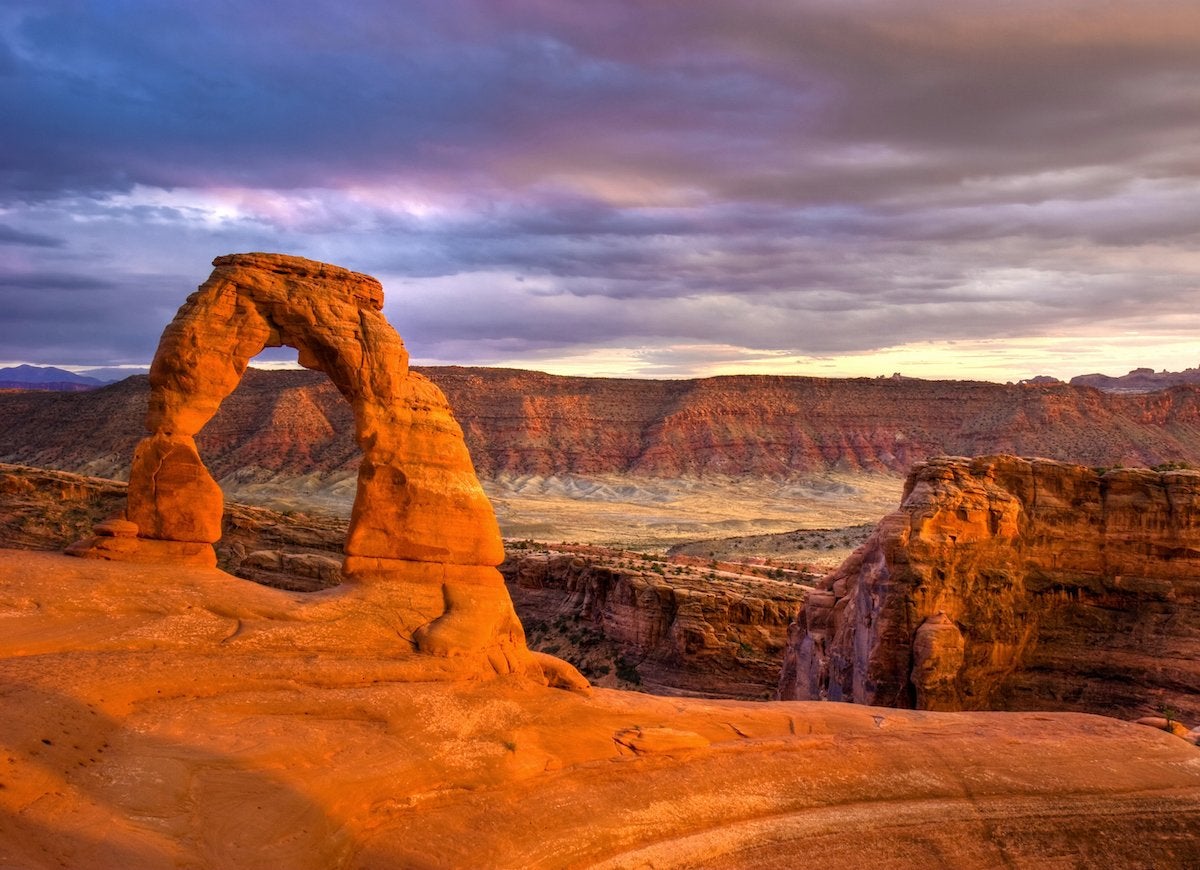
For those seeking adventure, look to Moab, Utah. The desert town attracts visitors year-round due to being home of two of the Mighty Five National Parks. Nature lovers can take in the red-rock landscapes of the Arches National Park and Canyonlands National Park while in Moab. From mountain biking on the trails to kayaking in the Colorado River, almost every outdoor recreational activity imaginable is offered in the southwestern resort town.
Woodstock, Vermont | Population: 3,050
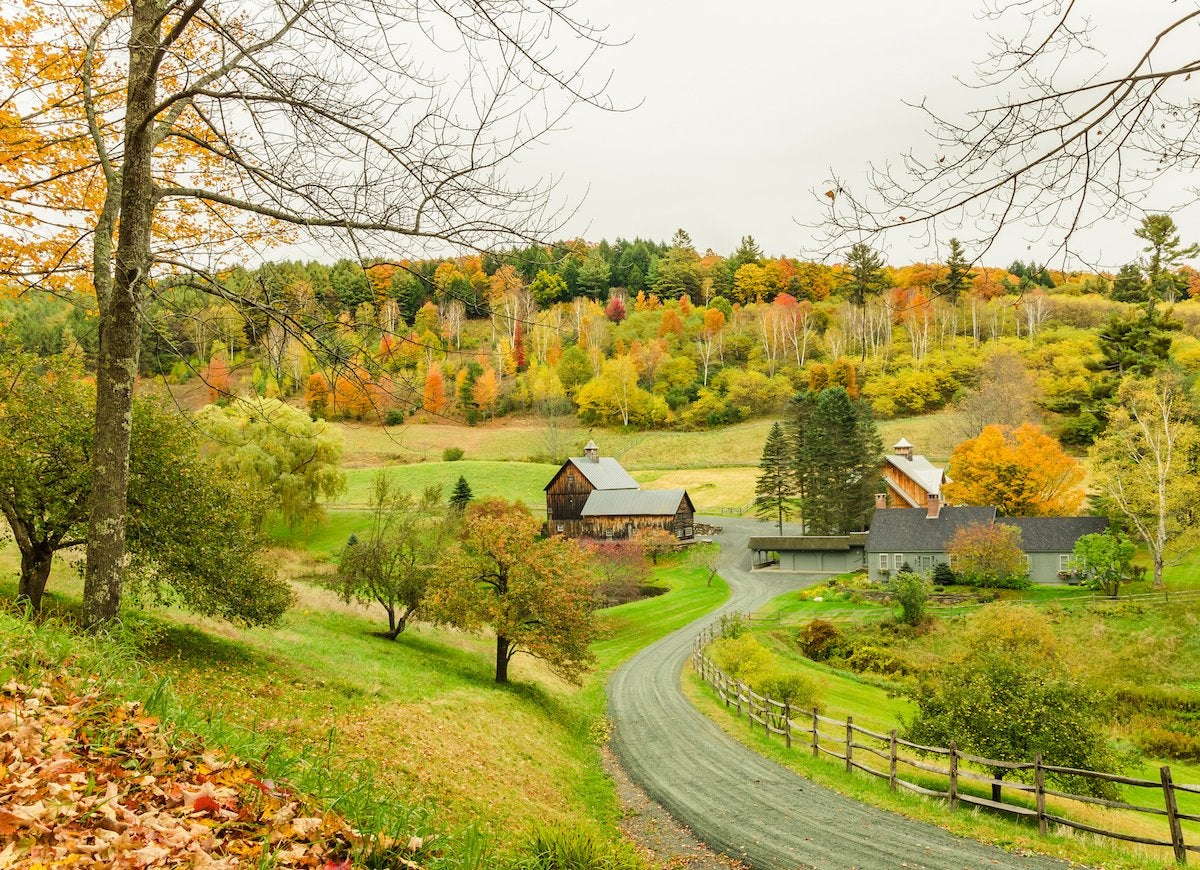
This tiny town of 3,000 is a paradise for any historic home lover. Pristine Georgian, Federal, and Greek Revival style homes border the town square, and a yearly Harvest Weekend appeals to residents’ sense of history with a husking bee and barn dance. Despite its proud roots, Woodstock is by no means stuck in the past; the community provides free Wi-Fi that covers almost every inch of the village.
Lexington, Virginia | Population: 7,311
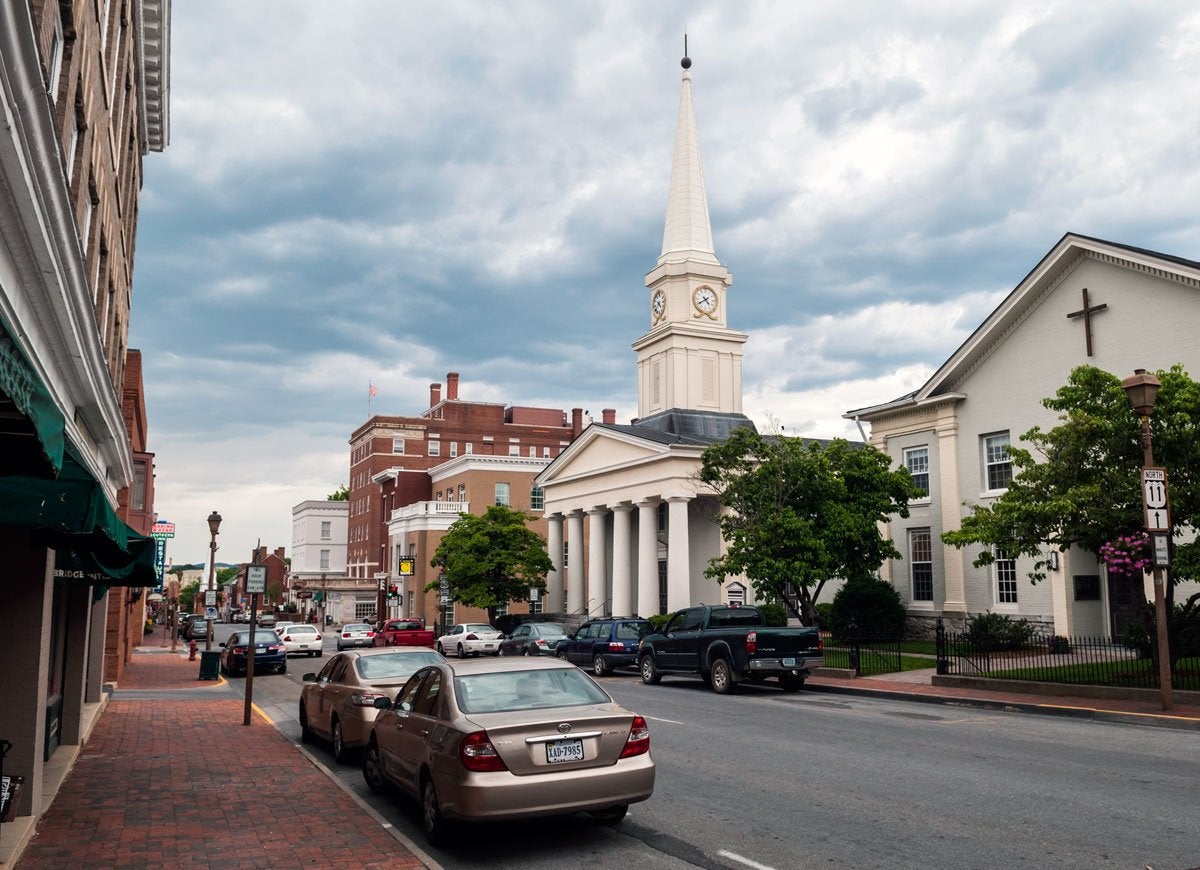
Lexington, Virginia, is a small town with a big history. During the Civil War, the Virginia Military Institute, the oldest state-supported military school in the country, was raided by a Union general. Today, history buffs enjoy the places such as the Stonewall Jackson House, Lee Chapel, and Stonewall Jackson Memorial Cemetery. In fact, Robert E. Lee and Stonewall Jackson are both buried in the small town. Lexington, which has about 7,000 residents, is also home to Washington and Lee University, as well as a bustling downtown area.
Friday Harbor, Washington | Population: 2,306
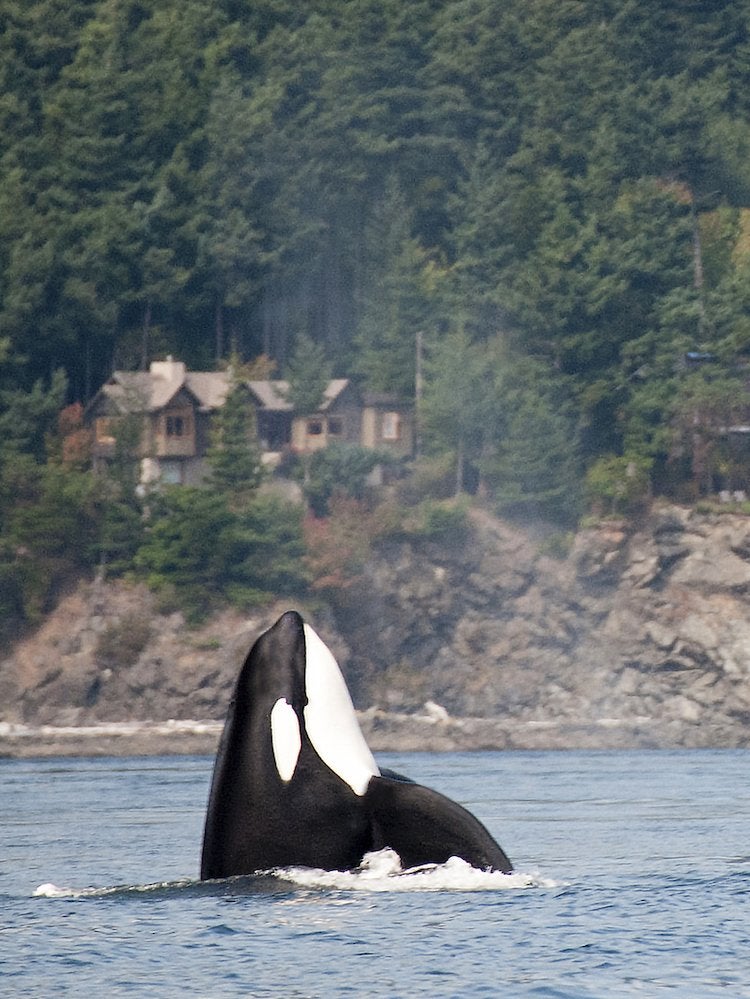
Located on the shore of San Juan Island, which is situated between Washington State and the Canadian Vancouver Island, Friday Harbor is a charming seaport with about 2,100 residents. After reaching the city via ferry, visitors can walk to the family-friendly downtown area for shopping and dining. Popular local activities revolve around whale watching, boating, and kayaking.
Harpers Ferry, West Virginia | Population: 293
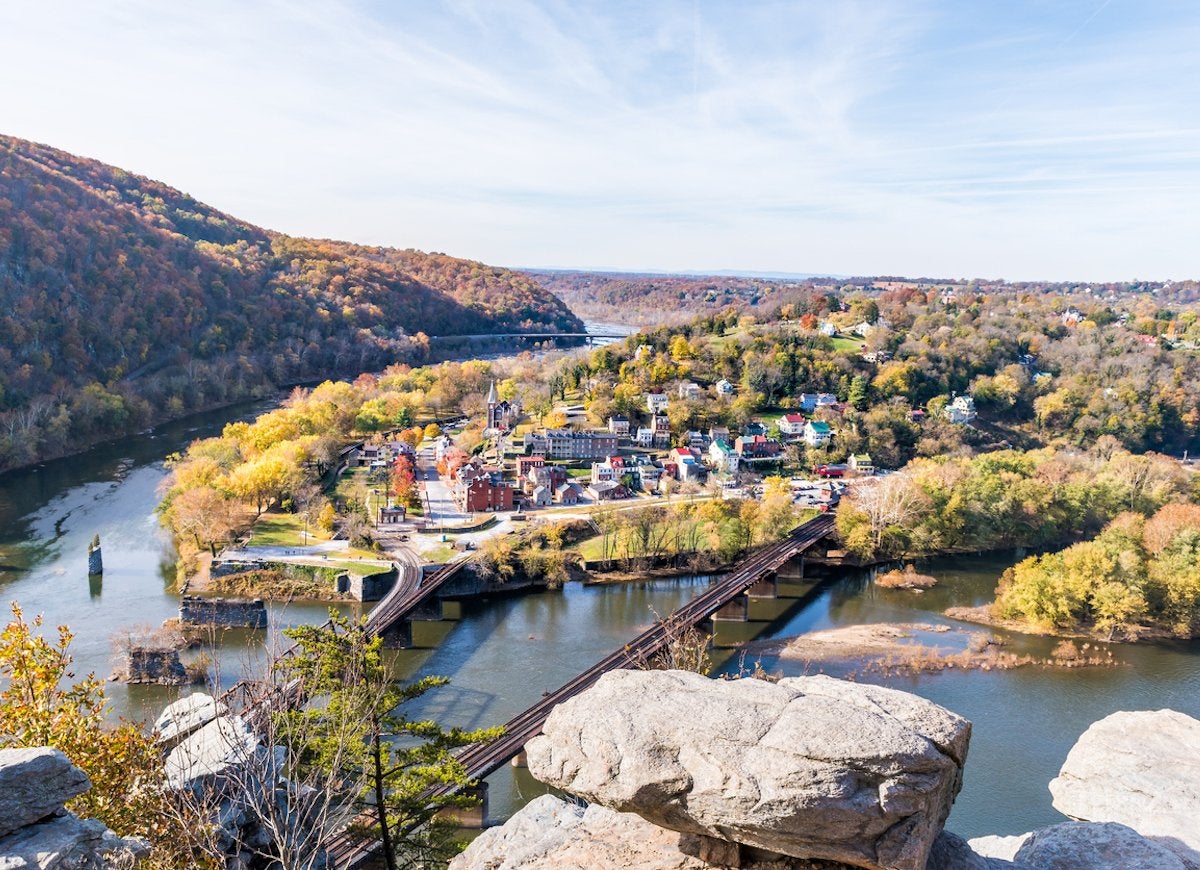
The first thing you notice about Harper’s Ferry: It’s dramatically sited on a plateau that pokes into the confluence of two rivers, the Potomac and Shenandoah. From the center of town, you can see hills rising up on almost all sides, and from the edge, peer down into rushing water. It’s no coincidence that the Appalachian Trail passes directly through the town, much of which operates as an open-air museum run by the National Park Service. Many exhibits explore the history of the town, including its fascinating role in events both before and during the Civil War.
Mineral Point, Wisconsin | Population: 2,487
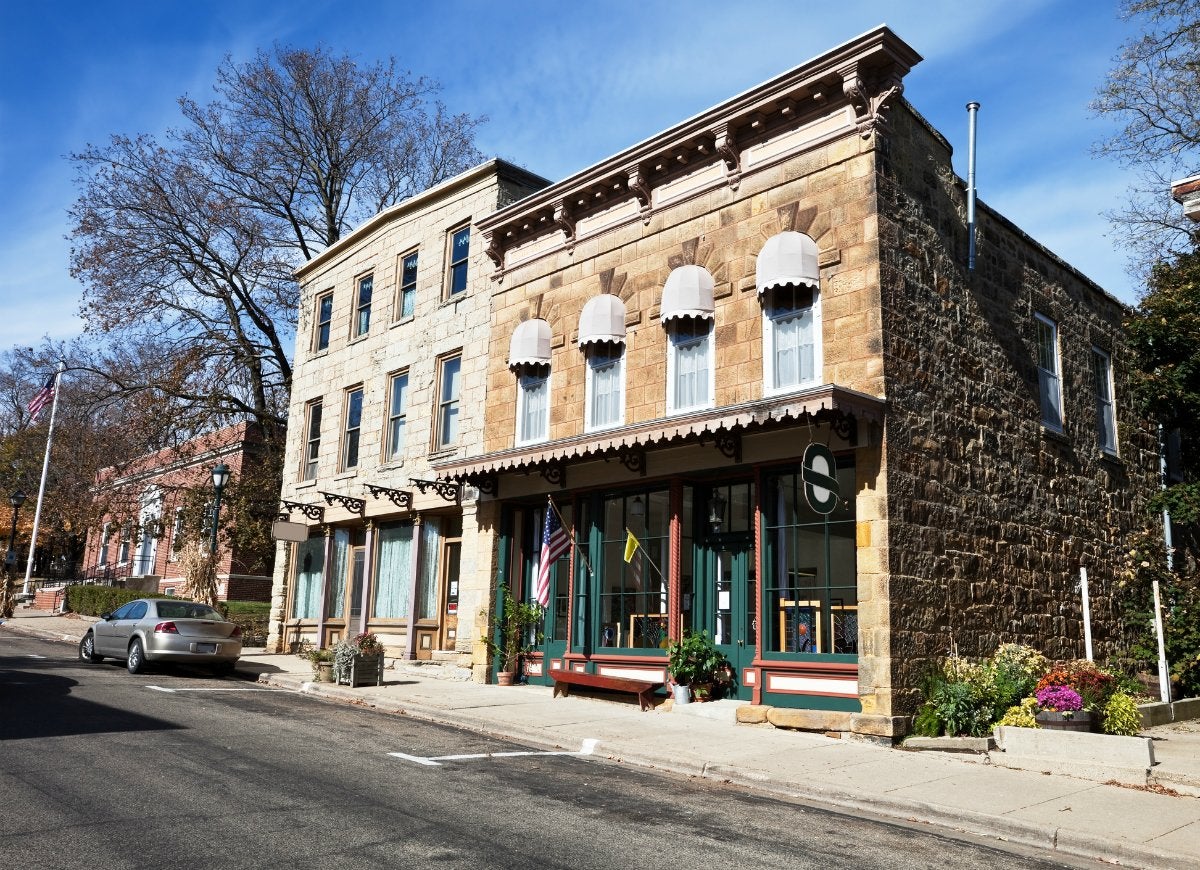
The fact that many of the stone buildings in Mineral Point are older than the state itself simply reinforces the town slogan, “where Wisconsin began.” Carefully restored during a preservationist movement in the 1960s and ’70s, its architecture—not to mention its host of museums like the Pendarvis or the Mineral Point Railroad Depot—has helped turn what once was the center of early Wisconsin government into a time capsule from the early 1800s. Whether you’re a guest in a charming bed-and-breakfast or a patron to an art gallery housed in a restored building, you’ll have ample opportunity to take in the prevalent limestone building style brought over with settlers from Cornwall, England, who arrived to mine lead.
Centennial, Wyoming | Population: 270
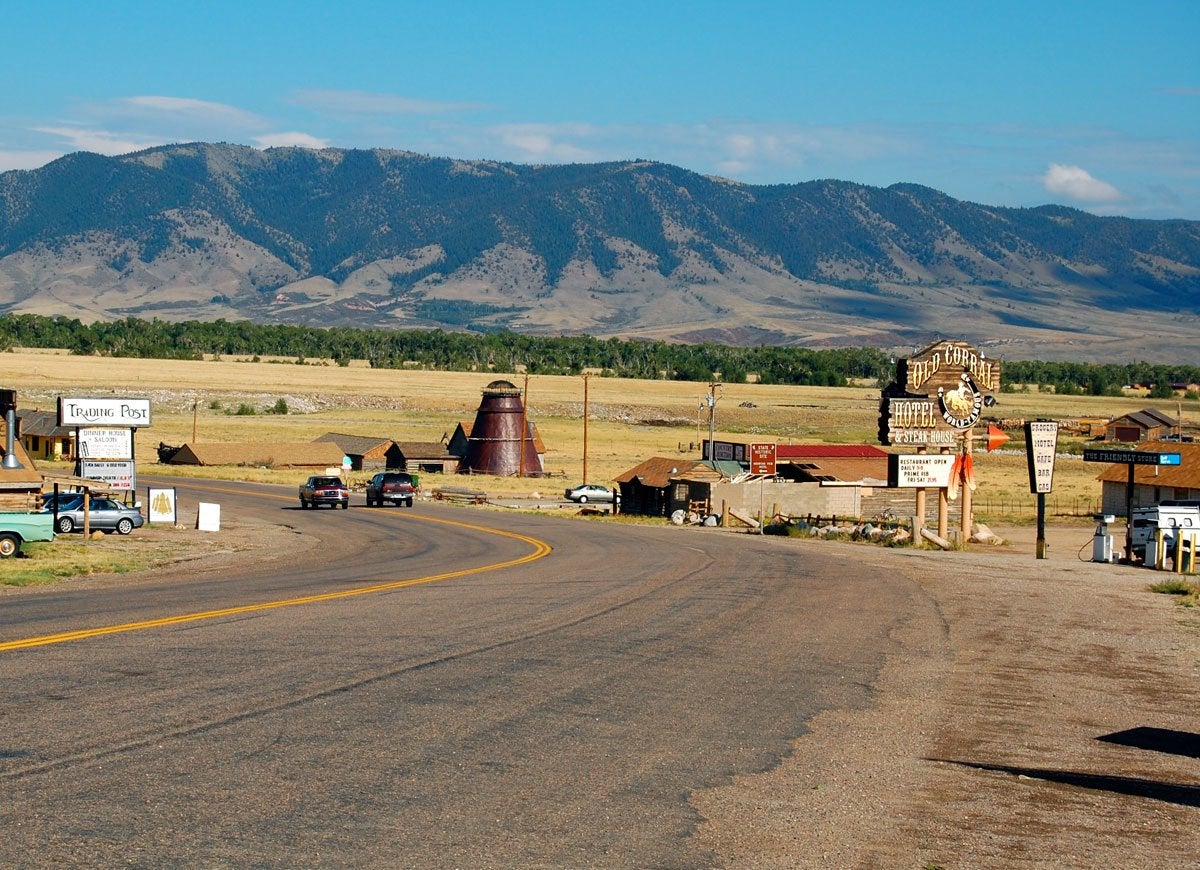
flickr.com via Scott Dexter
If you’re searching for a sleepy small town steeped in beauty, look no further than Centennial, Wyoming. The quaint village got its start in the late 1800s, when miners moved to the area after discovering gold on Centennial Mountain. Nowadays, only a few hundred people live in Centennial, which also has a history museum, lodges, and a handful of restaurants and bars amidst picturesque mountain views.

Everything You Need for a Lush and Healthy Lawn
Keeping your grass green and your plants thriving doesn’t just take a green thumb—it starts with the right tools and supplies.
